The Enduring Appeal of Time Travel Fiction
Time travel stories have captivated audiences across cultures and centuries, evolving from ancient mythological narratives in Hindu texts and the Talmud to modern science fiction masterpieces. This enduring fascination stems from time travel fiction’s unique ability to address fundamental human desires: the wish to correct past mistakes, prevent future catastrophes, or simply gain a fresh perspective on life.reddit+2

The popularity of time travel narratives continues to thrive across media formats. Modern examples range from acclaimed novels like Kindred, This Time Tomorrow, and Sea of Tranquility to television series such as The Lazarus Project and Dark. These stories combine “thoughtful contemplation and page-turning plots across a variety of genres”, making them accessible to diverse audiences while exploring profound philosophical questions.modernmrsdarcy+1
Ethical Dilemmas in Time Travel Narratives
Time travel fiction serves as a rich philosophical laboratory for exploring complex ethical questions that challenge our understanding of moral responsibility, causation, and human agency.sarajbernstein.github+1
The Intervention Paradox
The most prominent ethical dilemma revolves around the moral permissibility of changing the past. As explored in H.G. Wells’s The Time Machine, time travelers face the fundamental question: “Do time travelers possess the right, or even the obligation, to intervene in historical processes?” This creates what philosophers call the intervention paradox – the tension between our moral impulse to prevent suffering and the potential consequences of altering history.cybermen+1
The Butterfly Effect and Unintended Consequences
Time travel stories frequently examine the butterfly effect – the concept that minor changes can yield dramatically different outcomes. Sara Bernstein’s philosophical analysis notes that “even small changes (including the time traveler’s mere arrival in the past) can lead to big changes in the present day”. This creates the Argument from Moral Risk: the idea that time travel poses unacceptable moral dangers because we cannot predict the full consequences of our actions.sarajbernstein.github+1

Knowledge and Responsibility
Another significant ethical dimension involves the burden of foresight. When time travelers gain knowledge about future events, they face questions about the ethical use of such information. Should someone who knows about impending disasters be morally obligated to intervene? This dilemma extends beyond fiction – as one ethics professor noted, “Who is the authority to say what is right or wrong? Such a decision is at the heart of ethics as a discipline”.cmu+1
Personal Identity and Consent
Time travel stories also raise questions about consent and personal identity. The potential to “remove a person and her future existence” creates unique moral challenges about our obligations to people who might never exist. These narratives explore whether altering someone’s circumstances of birth or preventing their existence entirely constitutes harm, even if they never experience it directly.sarajbernstein.github

Time as Human Construct vs. Physical Reality
The question of whether time is a human invention touches on fundamental philosophical and scientific debates that directly inform time travel fiction.
Philosophical Perspectives on Time
Philosophers generally agree that humans invented the concept of time, though they debate whether time itself is purely constructed. The Internet Encyclopedia of Philosophy notes three competing theories about time’s nature:iep.utm
- Presentism: Only the present moment is real
- Growing-past theory: Past and present are real, but the future is not
- Eternalism: No objective differences exist between past, present, and futureiep.utm
Here is a classification of the films organized by their alignment with the three major philosophical theories of time: Presentism, Growing-past theory, and Eternalism.
Presentism
(Only the present moment is real)
- Groundhog Day
- The protagonist experiences a perpetual present, where only “now” seems real and past/future are erased every day. The film explores transformation within a single, repeated present.
- Quantum Leap
- The protagonist is perpetually “leaping” into different presents, and the narrative emphasis is on making changes within the immediate moment rather than a stable, ongoing history.
Growing-past Theory
(Past and present are real, but the future is not)
- The Time Machine
- The story treats the present and the past as fixed realities, with the future open to change. The traveler moves forward and backward, but the main fixation is on reconstructing what is or was real, not what will inevitably be.cybermen
- Somewhere in Time
- The storyline focuses on longing for the past and treating it as as real as the present, but the future is approached as uncertain or dependent on actions in the now.
- Star Trek: The Next Generation – “Yesterday’s Enterprise”
- Actions in the present and past are considered real, and the future depends on present decisions. The past influences the present, but the future is not yet fixed.
Eternalism
(No objective differences between past, present, and future)
- Back to the Future
- Treats the past, present, and future as equally real and accessible. Actions in the past directly reshape an already-existent future, consistent with block universe concepts.
- Avengers: Endgame
- The film’s “multiverse” theory treats all points in time as equally real; changes in the past produce alternate, real timelines rather than modifying a single mutable timeline. This aligns with eternalism, where every moment exists in a vast “block” of time.time
- Terminator
- Time travel’s effects are retrocausal, and different timelines are treated as equally “real” in various series installments, matching an eternalist view.
- Timecop
- The past, present, and future have equal existential weight, and time travel can alter any region of the timeline.
- 12 Monkeys
- The storyline suggests that all events are fixed and exist simultaneously, with no actual change possible, reflecting strong eternalist themes.
- Bill & Ted’s Excellent Adventure
- Presents an “all times exist” model, where the characters can move freely between eras, and actions in any period affect the others as if all moments are present.
- Hot Tub Time Machine
- The plot treats various historical eras and futures as real and alterable, falling under eternalism.
- A Wrinkle in Time
- The ability to “tesser” across the universe treats past, present, and future as equally real in a block universe sense.
- Some Science Fiction Novels (e.g., Primer, Timecrimes)
- Where time loops and multiple timelines are present, the underlying mechanism is usually eternalist.
Notes and Ambiguities
- Growing-past theory is less common in popular science fiction, as most media either focus on a mutable present or an eternalist block universe.
- Many time travel stories blur these boundaries, sometimes starting with Presentism and ending with Eternalism in their explanatory models.iep.utm
- Some works (such as About Time) explore the subjective experience of time in a way that could fit multiple categories, depending on interpretation.
Summary Table
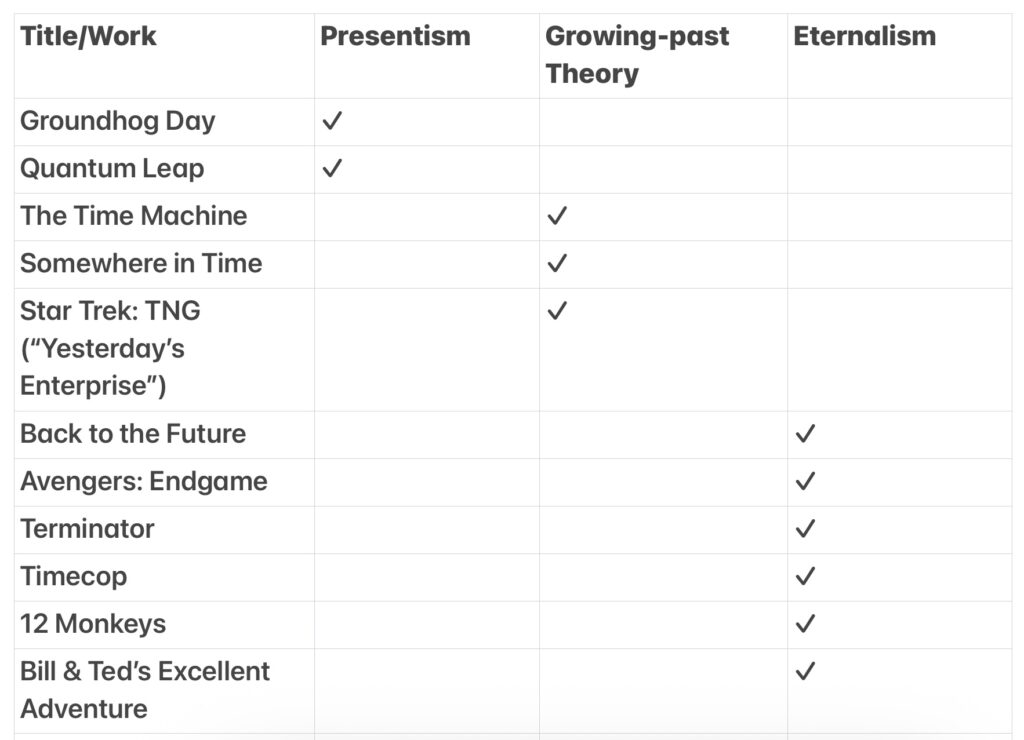

- https://www.youtube.com/watch?v=epNu9JlEQXs
- https://cybermen.news/time-travel-moral-dilemmas-the-time-machine/
- https://time.com/5576656/avengers-endgame-time-travel/
- https://iep.utm.edu/time/
Scientific Views
From a physics perspective, time appears to be both real and constructed. Scientists agree that “time requires change” and may simply be “an innate abstract way for humans to understand and mark change”. Einstein’s relativity theories demonstrated that time is dynamic and interconnected with space, challenging the intuitive notion of absolute time.philarchive
However, some physicists and philosophers now suspect that time is not fundamental but rather “emerges out of something more basic”. This scientific uncertainty provides fertile ground for speculative fiction exploring different models of temporal reality.space
Cultural Conceptions of Time
Different cultures have developed distinct temporal frameworks that influence their time travel narratives:philarchive
Linear time: Follows an inexorable line from past to future (dominant in Western science and Abrahamic religions)
Cyclical time
Cyclical time: Consists of repeating ages and time periods (Hindu, Buddhist, Mayan traditions)
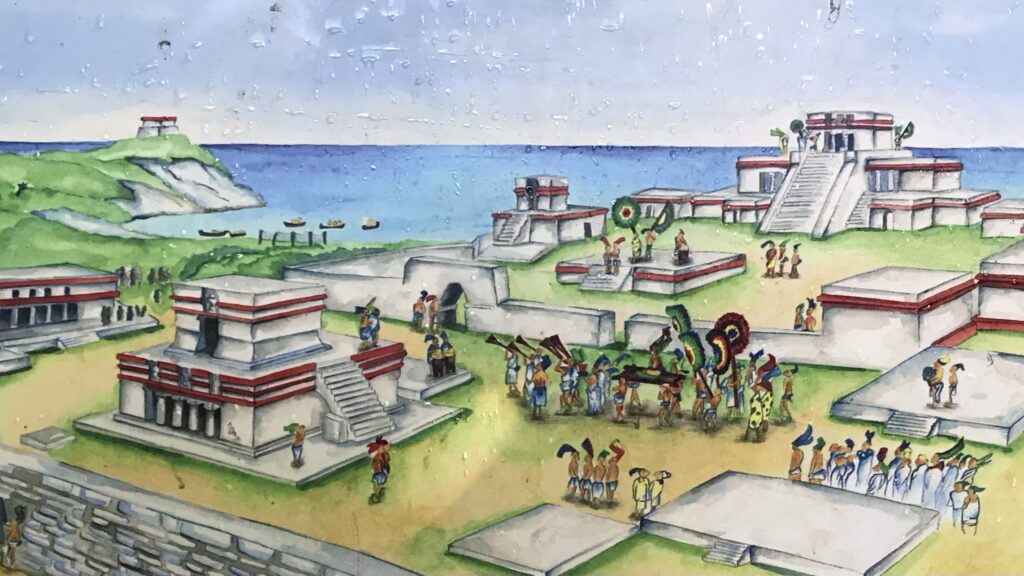
The Mayan city of Tulum was also known as Zama (dawn) because of being in one of the places where dawn first broke in the Mayan country.
The community was a commercial port with a privileged location; it was an active redistribution center for local and foreign products, some of which came from places as far away as Central America, the Pacific and Gulf coasts, and Central Mexico, by sea, river, and land routes.
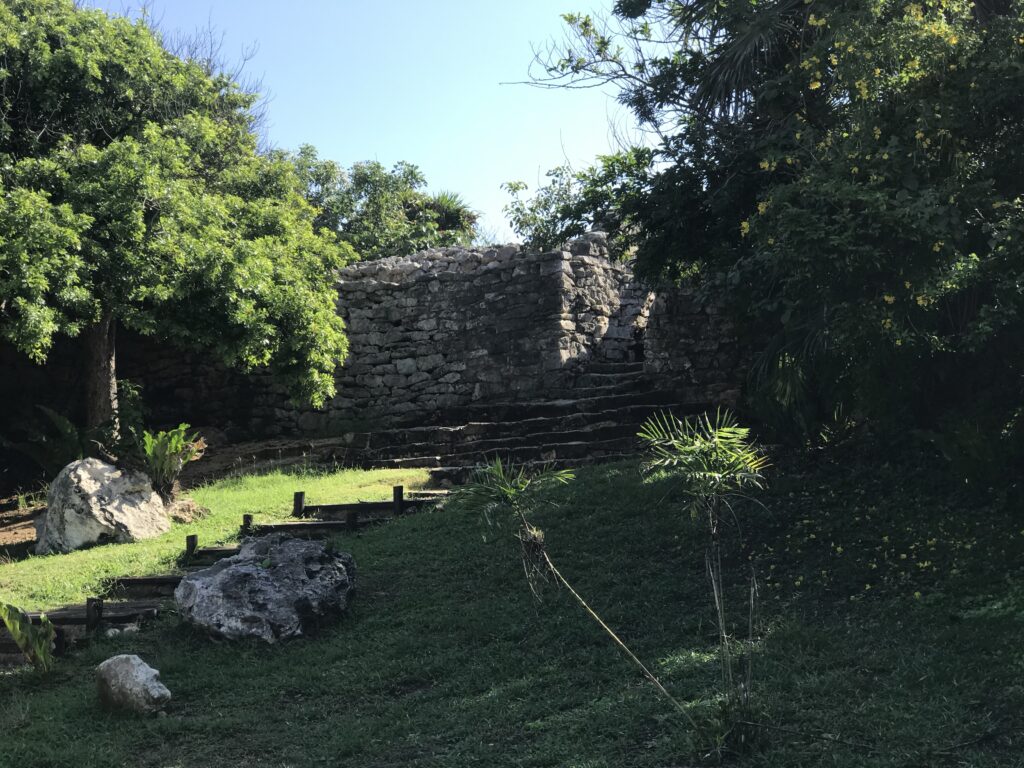
Everyday life was intertwined with politics, magical religious rituals, the arts, and astronomical observations, especially pertaining to the planet Venus -the morning and evening star-, the representative of Kukulkán Quetzalcóatl.

Its rampart allowed it to control internal activities and, what’s more, to protect its residents; it marked the difference between the elite class and the common people, who lived outside the great wall.
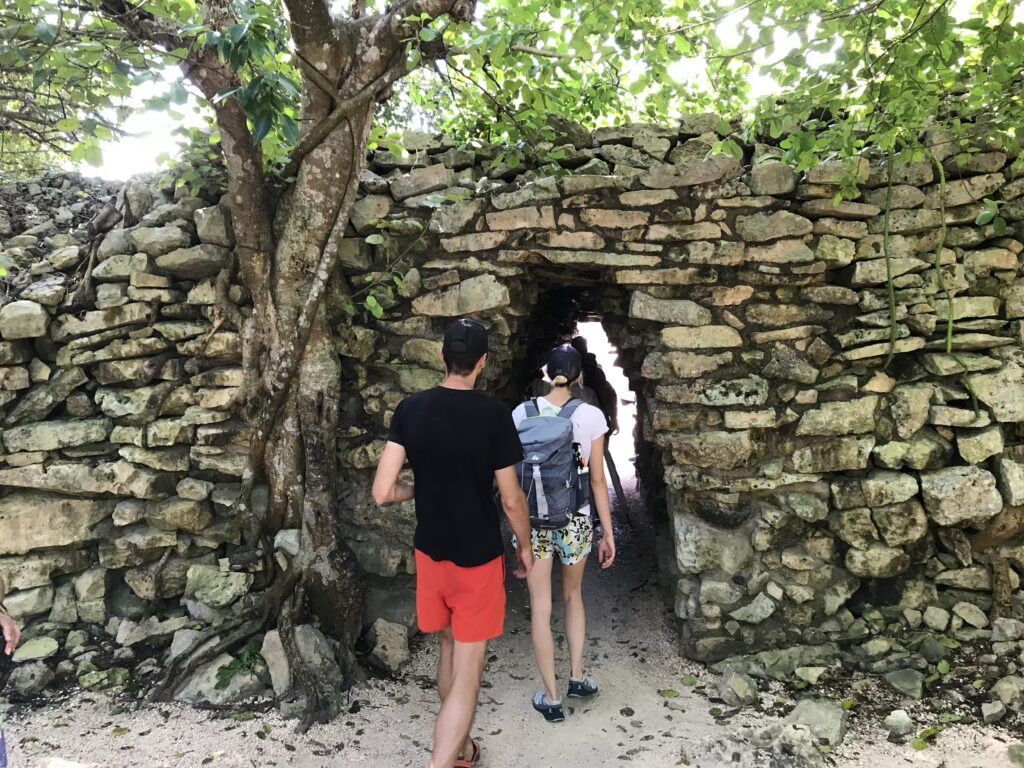

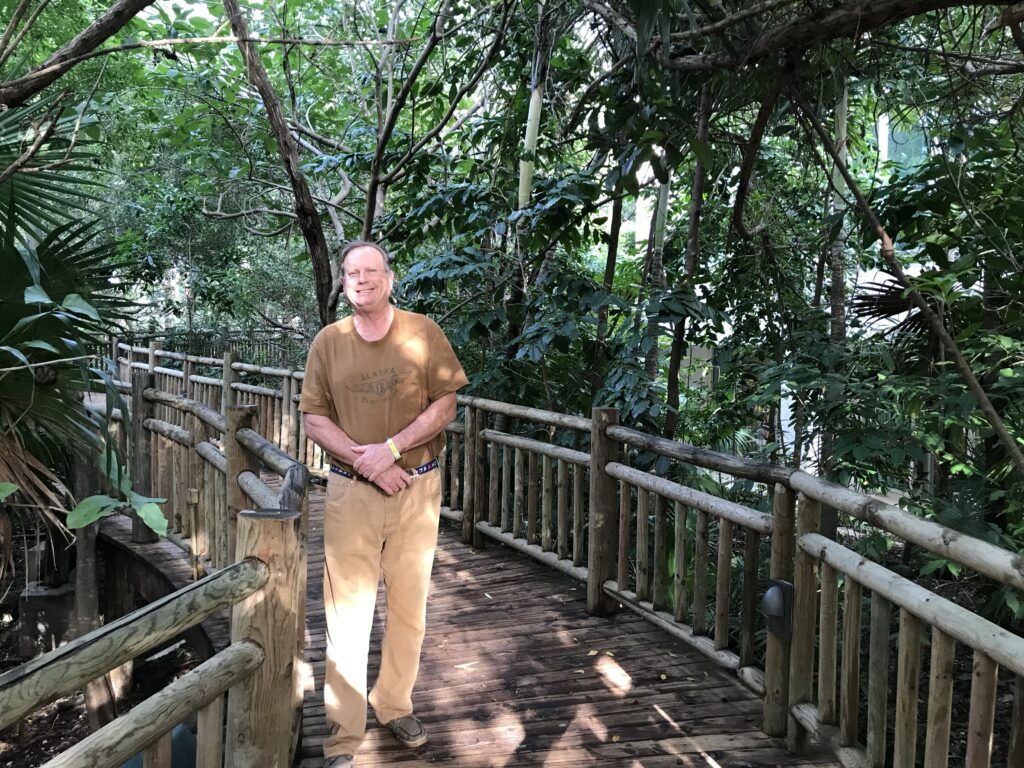


















Timelessness: The concept of eternal present or time as illusion
These cultural differences explain why time travel stories from different traditions approach temporal mechanics and ethical questions differently.
Religious and Spiritual Dimensions
Time travel narratives are deeply intertwined with religious and spiritual themes, often serving as modern vehicles for exploring ancient theological questions about fate, free will, and divine providence.
Christian Time Travel Stories
Christian-themed time travel fiction frequently grapples with questions of predetermined divine will.
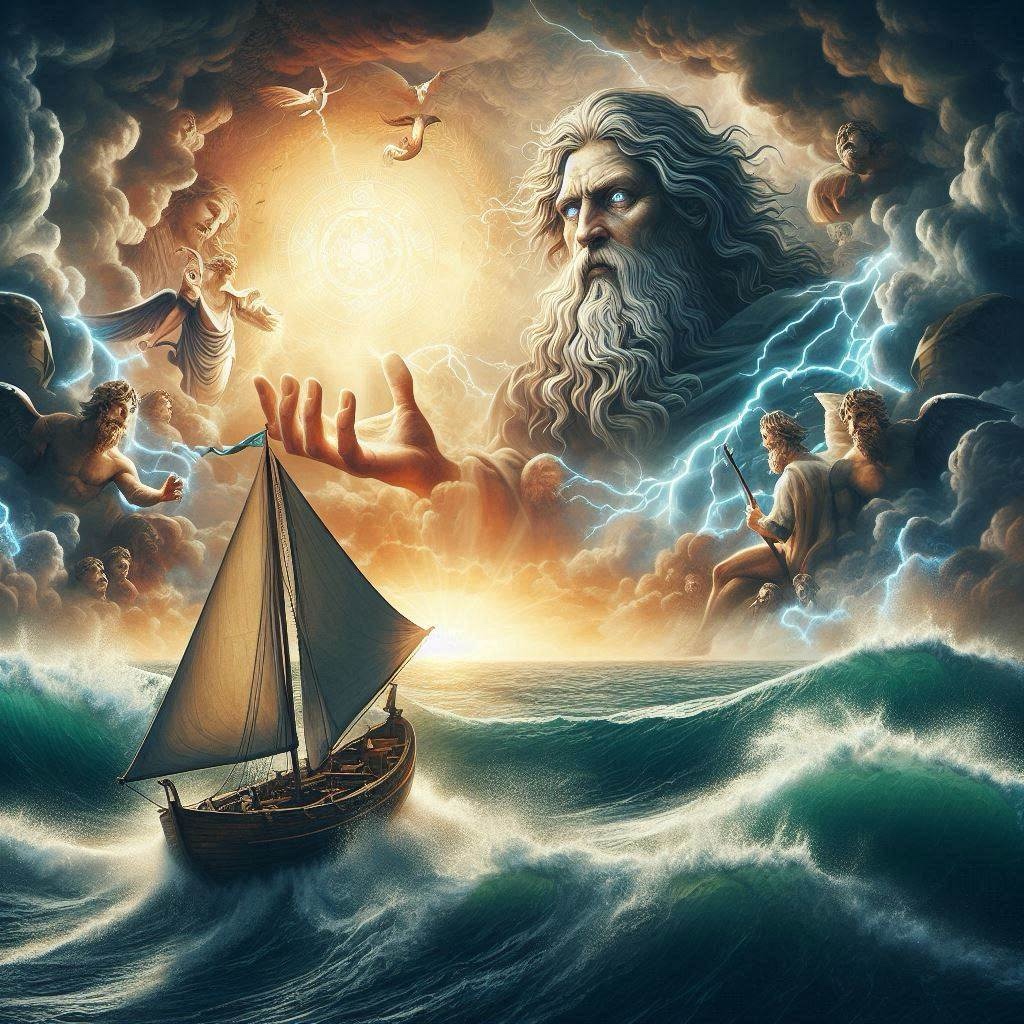
Some theologians argue that time travel would be impossible because it would “necessitate a change in God’s unchangeable nature” and could potentially “thwart God’s plan for Jesus and for our salvation”. These stories often explore whether major religious events are “fixed points” in history that cannot be altered.preachitteachit
Popular Christian time travel series like the City of God books explore scenarios where characters attempt to prevent the spread of Christianity, raising questions about divine sovereignty versus human agency.
Meanwhile, stories like those in the Time Changer series examine how modern Christians might react to witnessing biblical events firsthand.arynthelibraryan
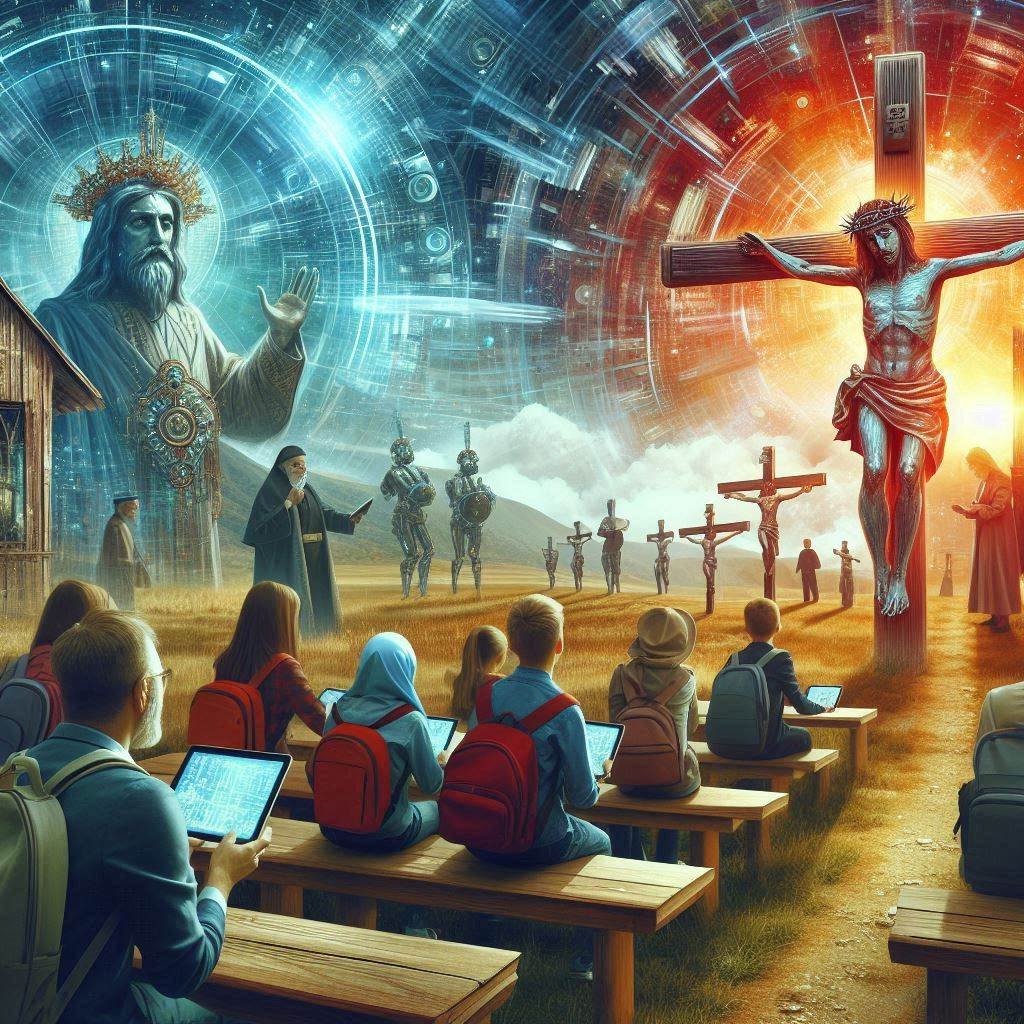
Religious Tourism and Sacred Events
Many time travel narratives feature religious events as temporal destinations. Garry Kilworth’s “Let’s Go to Golgotha!” presents the crucifixion as a popular time travel attraction, creating the ironic possibility that future tourists shaped the very crowd that condemned Jesus. This story explores how “the future shaping the past” might explain seemingly inexplicable historical events.greenflame
Theological Questions
Religious time travel stories often examine whether changing the past would constitute a form of playing God. They explore questions such as:
- Do humans have the right to alter divine providence?
- Would preventing religious events undermine the entire basis of faith?
- How would witnessing miracles affect belief in an age of scientific skepticism?

The Best Time Travel Movies: A Critical Assessment
Based on critical consensus and audience reception, several films stand out as exemplars of the time travel genre.imdb+2
Top-Tier Time Travel Films
Back to the Future (1985) consistently ranks as the most beloved time travel film. Its perfect blend of comedy, adventure, and temporal mechanics, combined with memorable characters and quotable dialogue, has made it a cultural touchstone that “doesn’t try to reinvent the wheel, and it doesn’t need to”.quartertothree+1

Primer (2004) represents the opposite approach – a low-budget, scientifically rigorous exploration of time travel’s complexities. This indie film earned critical acclaim for its realistic portrayal of scientific discovery and the psychological toll of temporal manipulation, though its complexity can make it challenging for casual viewers.reddit+1youtube
Groundhog Day (1993) transcends the genre by using time loops to explore themes of personal growth, meaning, and redemption. The film’s philosophical depth and Bill Murray’s performance have made it both critically acclaimed and widely beloved.youtube
Genre-Defining Classics
The Terminator (1984) and Terminator 2: Judgment Day (1991) established many conventions of modern time travel action films, exploring themes of determinism versus free will while delivering compelling action sequences.imdb+1
12 Monkeys (1995) offers a darker, more complex vision of time travel, examining questions of fate, mental illness, and the impossibility of changing predetermined events.quartertothree+1
International and Independent Gems
Timecrimes (2007), a Spanish thriller, demonstrates how limited resources can enhance creativity in time travel storytelling. Its tight plotting and focus on character psychology over special effects earned critical praise.youtubereddit
About Time (2013) takes a more intimate approach, using time travel to explore family relationships and the preciousness of ordinary moments rather than grand historical events.quartertothree
MCU
MCU stands for Marvel Cinematic Universe. It refers to the shared universe of superhero films and television series produced by Marvel Studios, beginning with Iron Man in 2008. The MCU includes interconnected movies and shows featuring characters like the Avengers, Spider-Man, the Guardians of the Galaxy, and many others, all existing within the same fictional universe with crossover storylines and characters.

The dialogue from Avengers: Endgame (2019) is instructive and key to understanding the theory of time travel subscribed to for the MCU. The conversation takes place between the surviving Avengers as they discuss the rules of time travel before attempting their “Time Heist.” Here’s the dialogue:
James Rhodes (War Machine): “If we can do this, you know, go back in time… why don’t we just find baby Thanos, you know, and…” [Pantomimes strangulation]
Hulk: “Okay, first of all, that’s horrible.”
James Rhodes: “It’s Thanos!”
Hulk: “And secondly, time doesn’t work that way. Changing the past doesn’t change the future.”
Scott Lang: “We go back, we get the stones before Thanos gets them, Thanos doesn’t have the stones! Problem solved!”
Clint Barton: “Bingo.”
Nebula: “That’s not how it works!”
Clint Barton: “Well, that’s what I heard.”
Hulk: “Who told you that?”
James Rhodes: “Star Trek, Terminator, Timecop, Time After Time…”
Scott Lang: “Quantum Leap?”
James Rhodes: “A Wrinkle in Time, Somewhere in Time…”
Scott Lang: “Hot Tub Time Machine?”
James Rhodes: “Hot Tub Time Machine, Bill & Ted’s Excellent Adventure, basically any movie that deals with time travel!”
Scott Lang: “Die Hard? No, that’s not one…”
James Rhodes: “Look, this is known!”
Hulk: “I don’t know why everyone believes that, but that isn’t true. Think about it. If you go into the past, that past becomes your future, and your former present becomes the past, which can’t now be changed by your new future!”
Nebula: “Exactly!”
Scott Lang: “So, ‘Back to the Future’s’ a bunch of bullshit?”

The films mentioned in this dialogue are:
- Star Trek
- Terminator
- Timecop
- Time After Time
- Quantum Leap
- A Wrinkle in Time
- Somewhere in Time
- Hot Tub Time Machine
- Bill & Ted’s Excellent Adventure
- Back to the Future
- Die Hard (Scott Lang mentions this but immediately corrects himself, saying “No, that’s not one…”)
This scene establishes the MCU’s time travel rules as different from popular culture portrayals, explaining that changing the past creates alternate timelines rather than altering the original timeline.
Contemporary Relevance and Cultural Impact
Time travel stories continue to evolve, reflecting contemporary anxieties about climate change, technological advancement, and social justice. Modern narratives increasingly focus on the ethical responsibilities that come with temporal power, moving beyond simple adventure stories to examine complex questions about intervention, consequence, and moral authority.
The genre’s enduring popularity suggests that regardless of whether time travel is scientifically possible, these stories fulfill a fundamental human need to imagine alternatives, explore consequences, and grapple with the weight of our choices. They remind us that while we cannot change the past, we can learn from it – and that while we cannot predict the future with certainty, we bear responsibility for shaping it through our present actions.
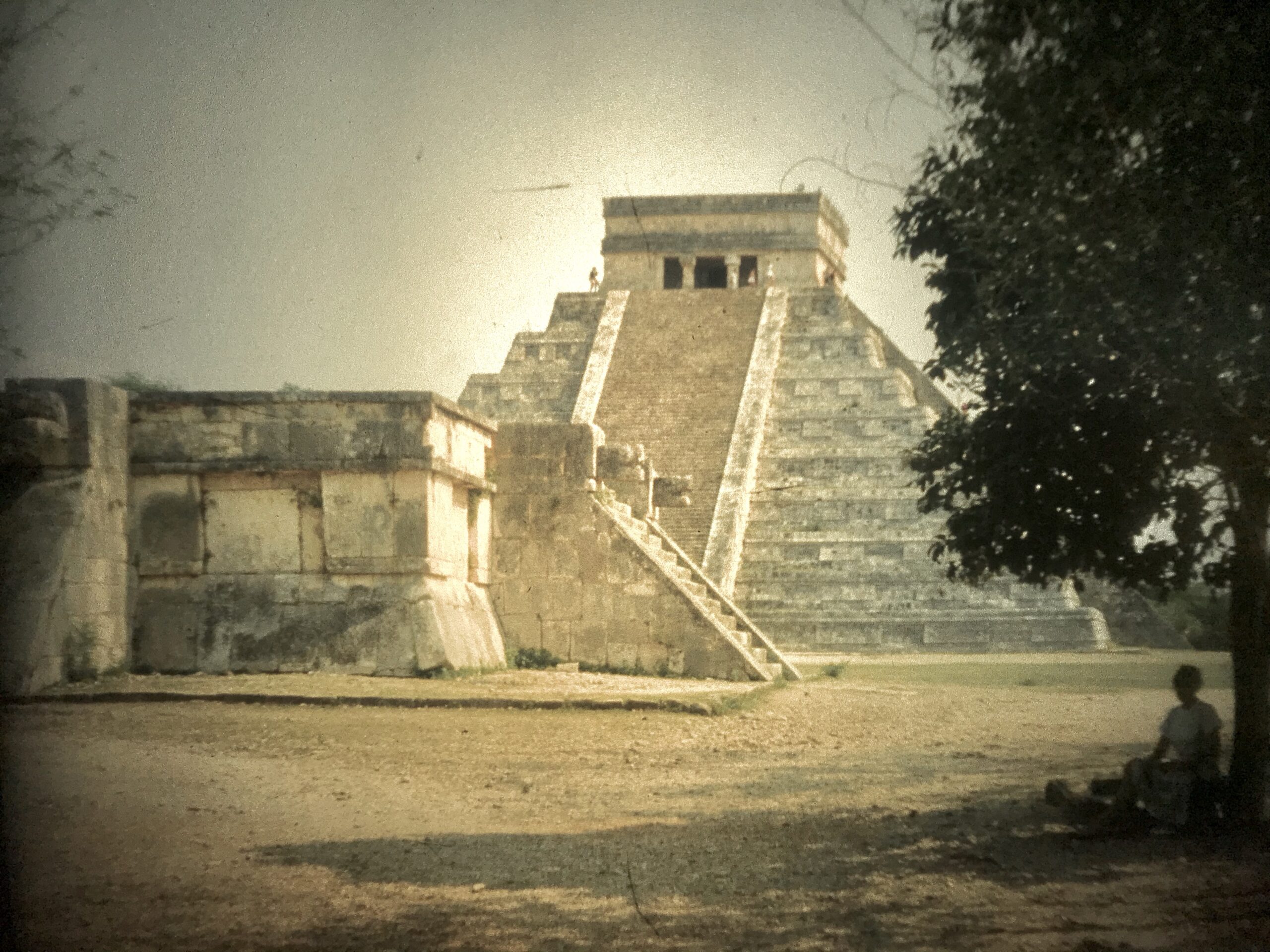

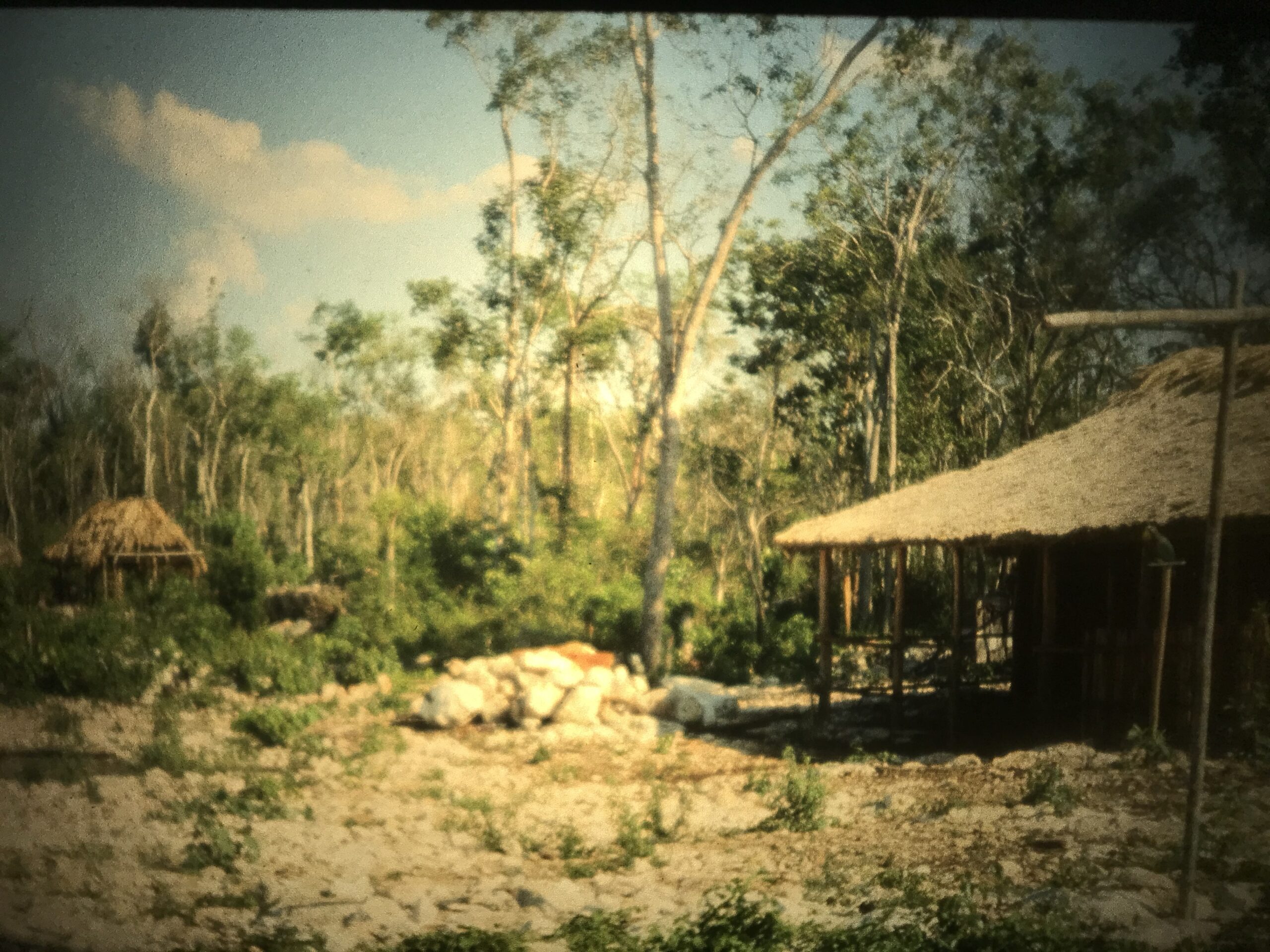
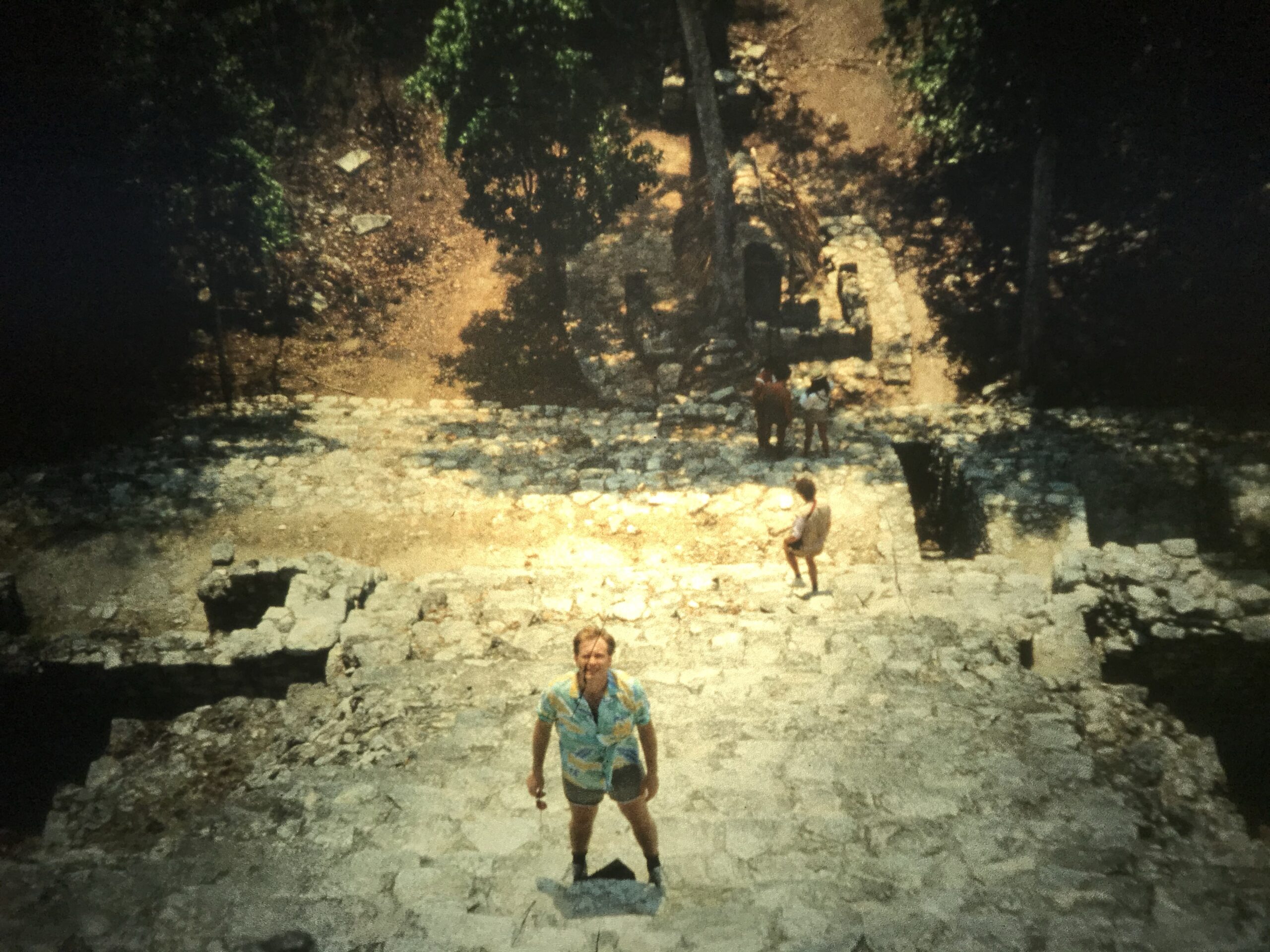

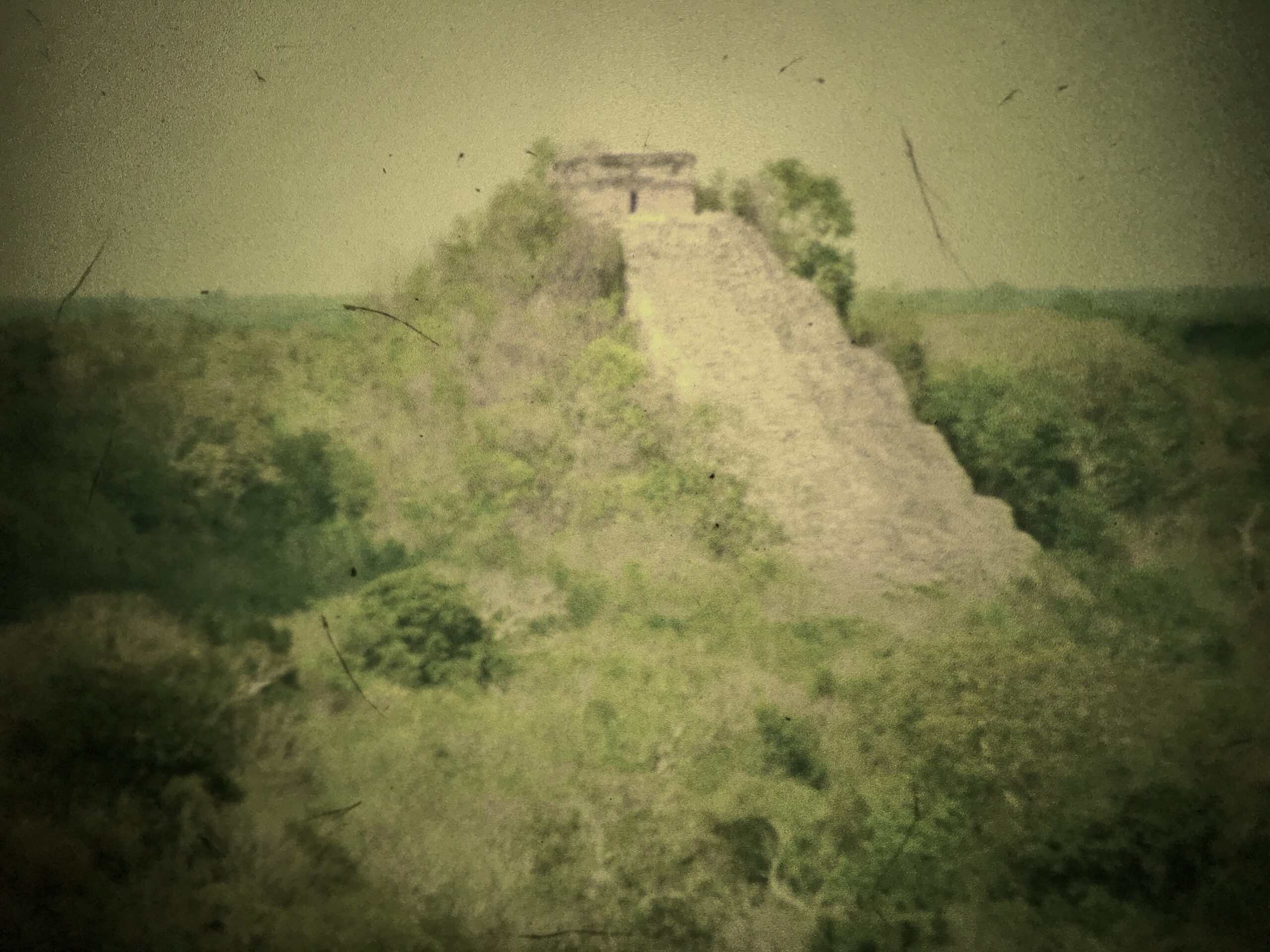
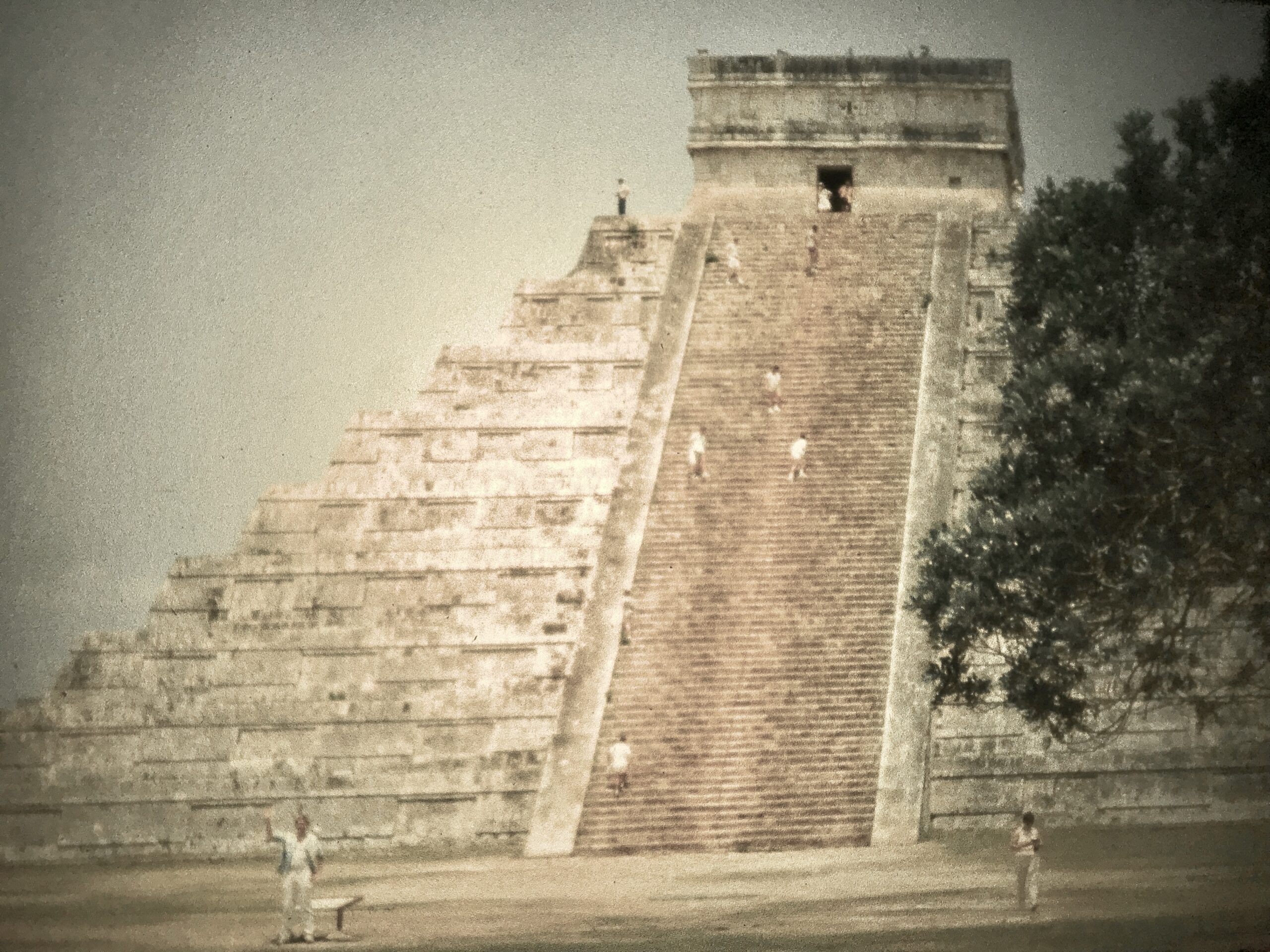

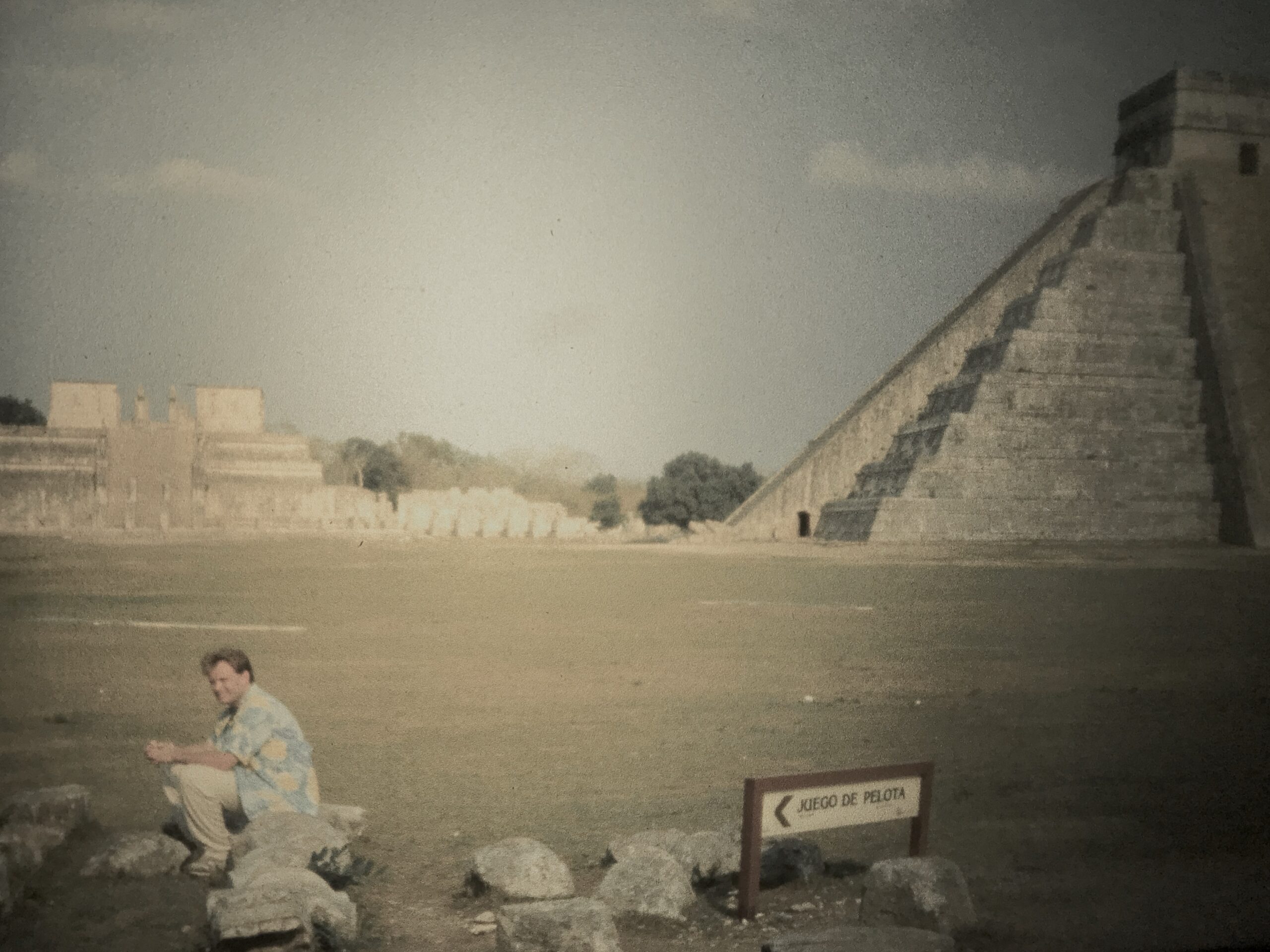

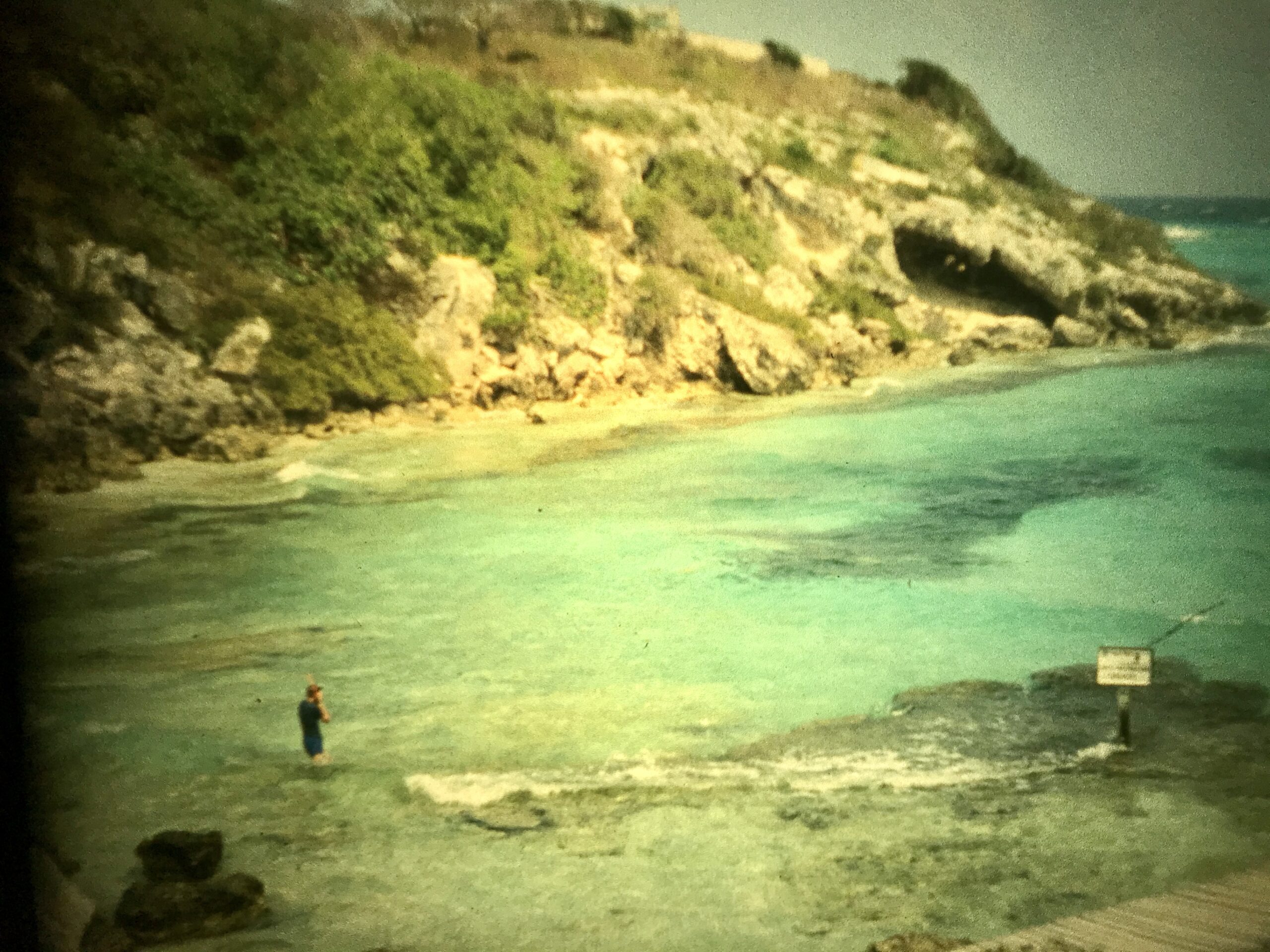
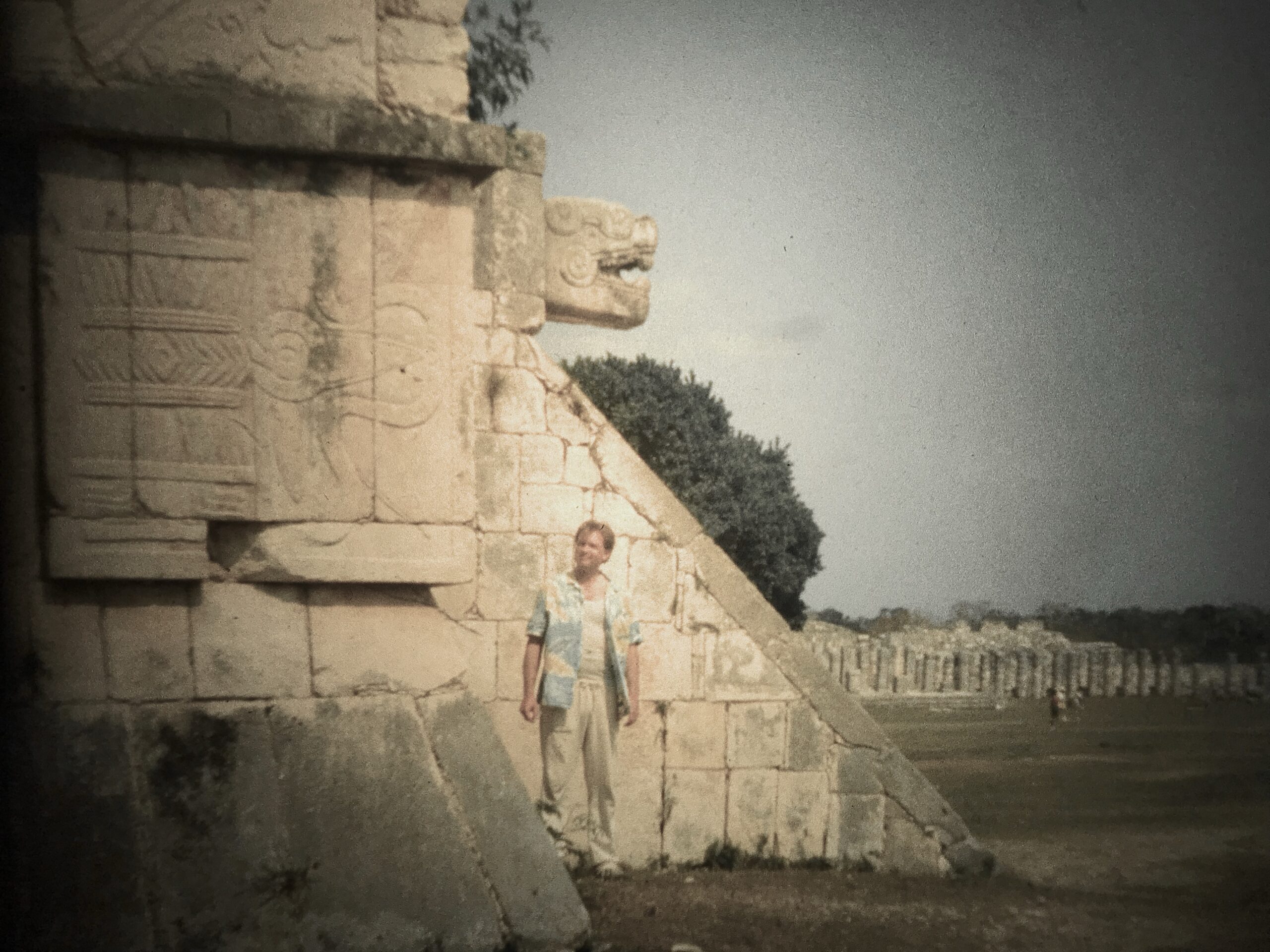
Whether time is a human invention or a fundamental aspect of reality may ultimately matter less than how these stories help us understand ourselves and our place in the continuing narrative of human experience. In exploring the ethics of temporal intervention, they illuminate the ethics of present-day decision-making, making time travel fiction not just escapist entertainment but a mirror reflecting our deepest moral and philosophical concerns.
The Physics of Time and Distance Relationship
Time and distance are fundamentally different physical quantities, though they are mathematically connected through the concept of speed or velocity. The basic relationship is expressed through the fundamental kinematic equation:phys.libretexts+1
Speed = Distance ÷ Time
This can be rearranged to show:
- Distance = Speed × Time
- Time = Distance ÷ Speedbyjus+1
However, Einstein’s theory of relativity revealed that this simple relationship becomes far more complex at high speeds and in strong gravitational fields.
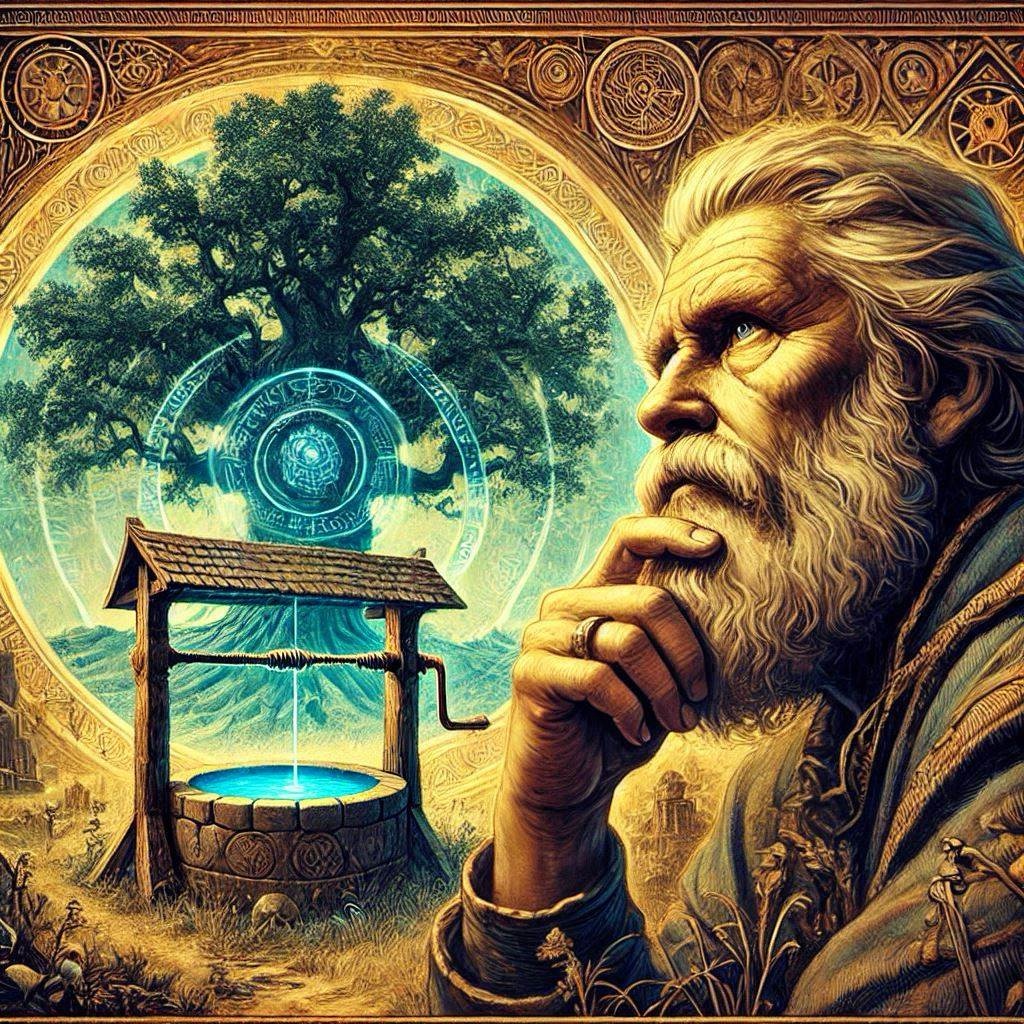
Einstein’s Revolutionary Framework: Spacetime
Einstein’s theories fundamentally transformed our understanding of the relationship between space and time. In his special theory of relativity (1905), Einstein demonstrated that space and time are not separate, absolute entities as Newton believed, but are inextricably linked in a four-dimensional continuum called spacetime.einstein.stanford+2
This spacetime framework has four dimensions: three for space (length, width, height) and one for time. As physicist Hermann Minkowski famously stated in 1906: “Henceforth, space by itself, and time by itself, are doomed to fade away into mere shadows, and only a kind of union of the two will preserve an independent reality”.academic.oup+1
The key principle is that the speed of light remains constant for all observers, regardless of their relative motion. This invariance leads to remarkable consequences: as objects approach the speed of light, time dilates (slows down) and lengths contract, while mass increases.ebsco+1youtube+1
Sailor’s Concept of Time: Precision Navigation
For maritime navigators, time has historically been inseparable from position determination. The relationship between time and distance in navigation is fundamentally about longitude calculation.gnomonwatches+2
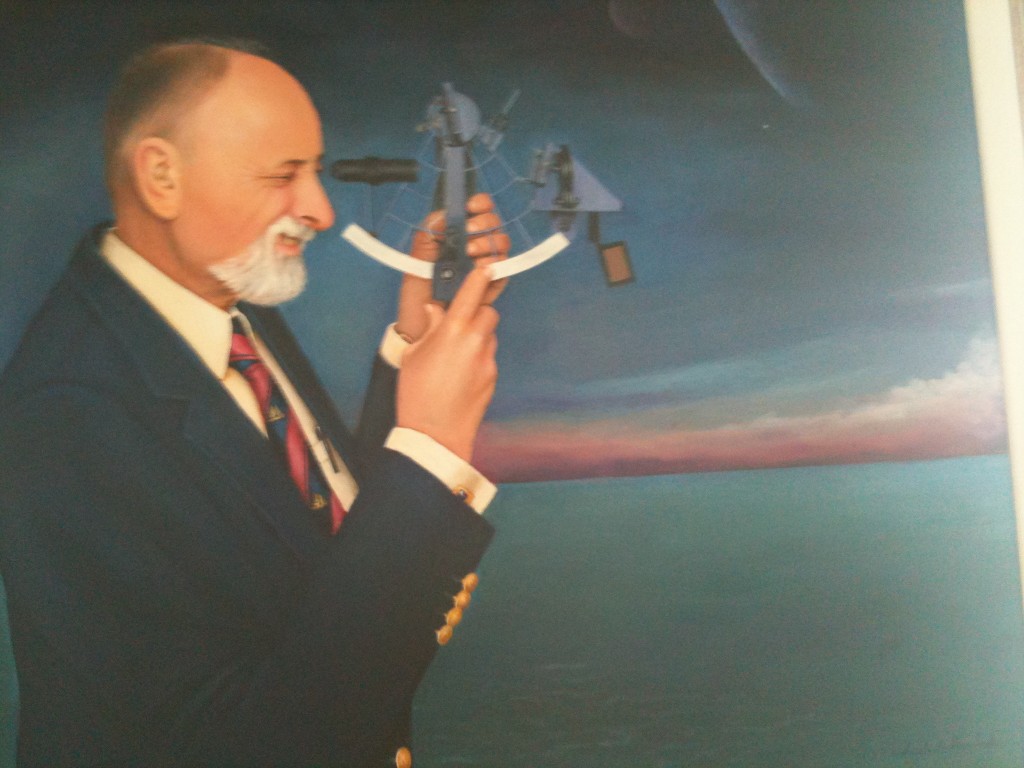
The Marine Chronometer Revolution
Before the 18th century, determining longitude at sea was nearly impossible, leading to countless shipwrecks and lost vessels. The breakthrough came with John Harrison’s development of the marine chronometer between 1730-1772.timeandnavigation.si+3

The timekeeper method works on a simple principle: since Earth rotates 360° in 24 hours, every hour of time difference corresponds to 15° of longitude. By comparing local noon (when the sun reaches its highest point) with Greenwich Mean Time kept on an accurate chronometer, sailors could calculate their exact longitudinal position.arribasail+1
Harrison’s H4 chronometer achieved unprecedented accuracy – losing only one second per month. This precision was essential because navigational accuracy required chronometers to maintain accuracy within 3 seconds per day over six-week voyages. Even small timing errors could result in positional errors of many miles.museum.seiko+2
Maritime Time Measurement Units
Sailors developed specialized distance units based on time and speed relationships:youtubeastrolabesailing
- Knots: nautical miles per hour (the traditional method involved counting rope knots passing over a ship’s side)
- Nautical miles: equal to one minute of latitude (1,852 meters)
- Navigation calculations always used hours for time, nautical miles for distance, and knots for speedyoutube

If a sailor is traveling at 10 knots, that means they’re covering 10 nautical miles per hour.
To find the total distance in 24 hours:Distance=Speed×TimeDistance=Speed×TimeDistance=10 nautical miles/hour×24 hoursDistance=10 nautical miles/hour×24 hoursDistance=240 nautical milesDistance=240 nautical miles
So, in 24 hours, a sailor moving at 10 knots would cover 240 nautical miles.
For reference:
- 1 nautical mile ≈ 1.1508 statute miles (land miles)
- 240 nautical miles ≈ 276 statute miles (about 445 km)
Space Explorer’s Concept of Time: Relativistic Reality
Space explorers experience time in ways that would be inconceivable to traditional sailors, due to the relativistic effectsof high-speed travel and altered gravitational fields.
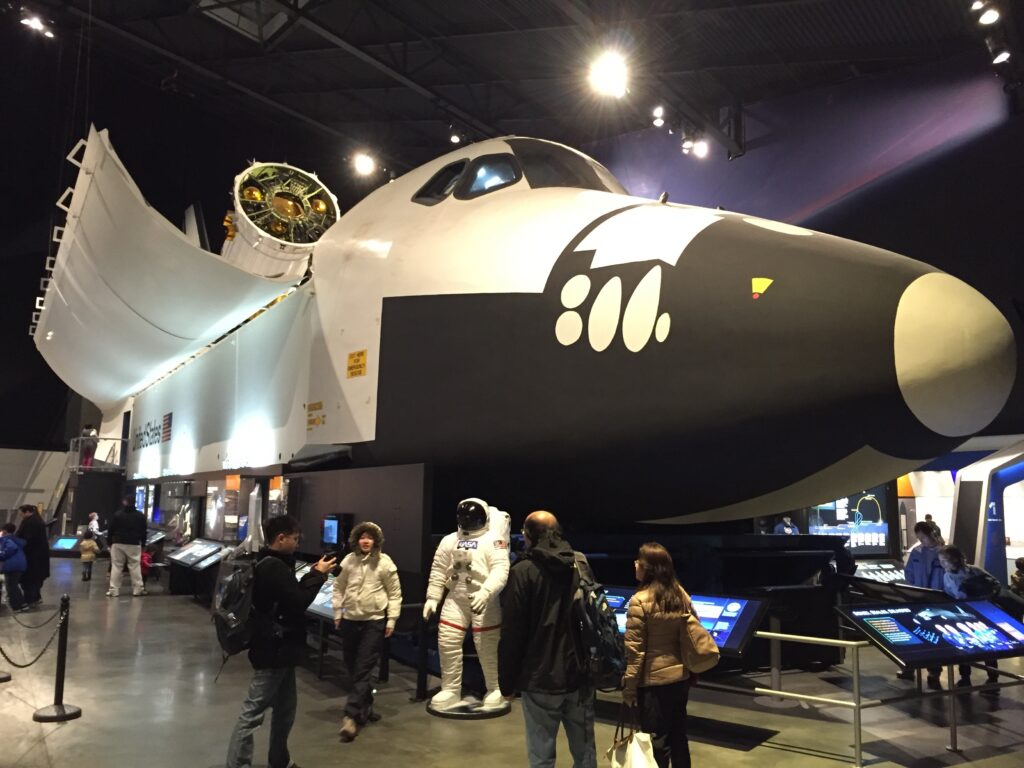
Time Dilation Effects
Astronauts orbiting Earth at approximately 17,500 mph (28,160 km/h) experience measurable time dilation effects. The mathematical formula for time dilation is:pmc.ncbi.nlm.nih+1
t = t₀ / √(1 – v²/c²)
Where t is the dilated time, t₀ is the proper time, v is velocity, and c is the speed of light.numberanalytics
For example, astronaut Scott Kelly’s 340-day mission aboard the International Space Station resulted in him aging approximately 0.01 seconds less than his earthbound twin brother. While seemingly insignificant, this represents a measurable difference that becomes more pronounced with higher velocities.iflscience+1
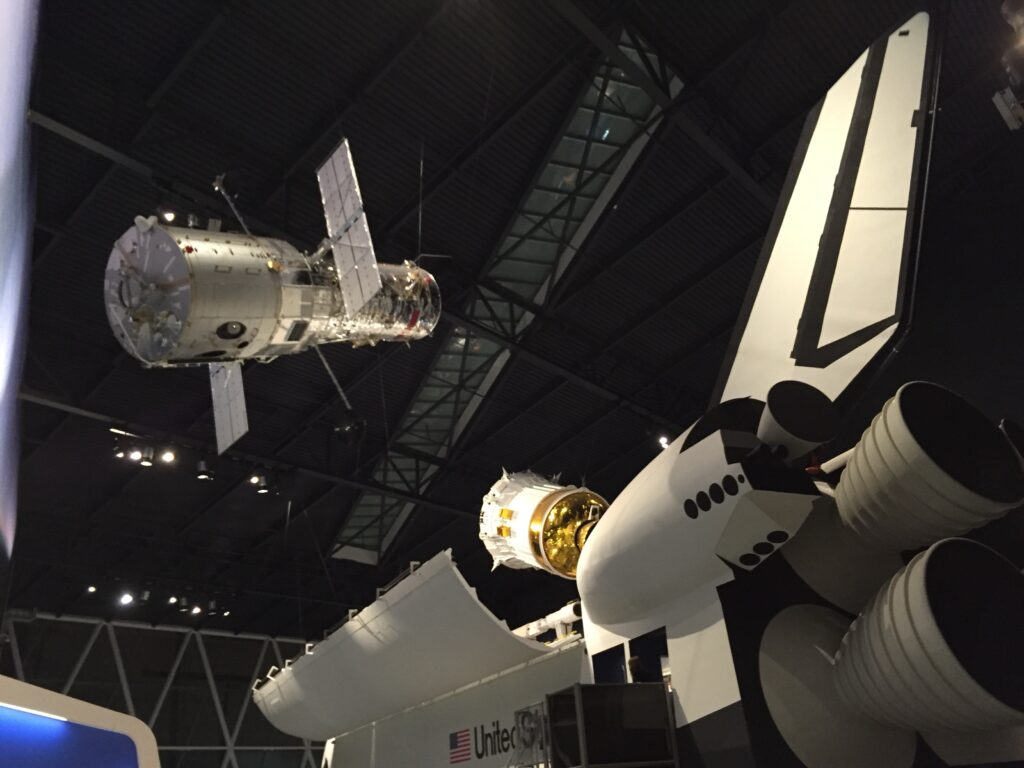
Gravitational Time Effects
Space explorers also experience gravitational time dilation. Time passes slightly faster in space due to weaker gravitational fields compared to Earth’s surface. However, this effect is typically smaller than velocity-induced time dilation for orbital speeds.nature+2
The combined effect means astronauts experience net time dilation – they age more slowly relative to people on Earth. For every six months in space, an astronaut ages roughly 0.007 seconds less than someone on Earth.smorescience
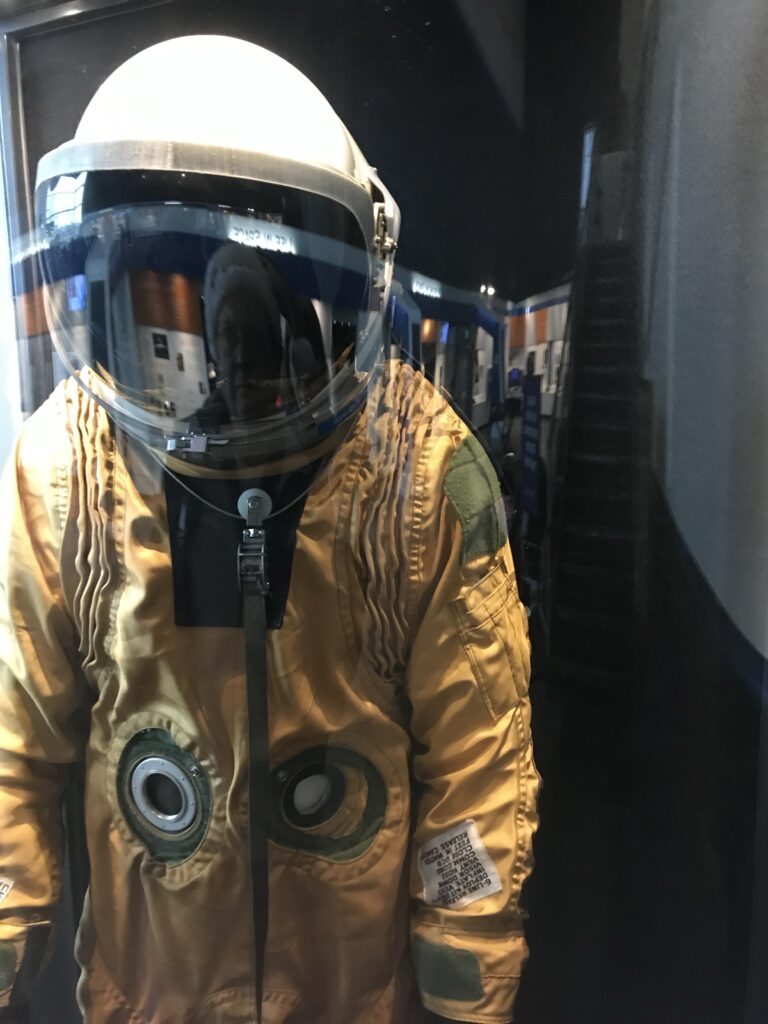
Practical Implications for Space Navigation
Modern space navigation systems must account for these relativistic effects. GPS satellites carry atomic clocks that experience time dilation, and without relativistic corrections, GPS accuracy would deteriorate by several kilometers per day.destinationspace+2

For future Mars missions, astronauts on a 21-month round trip would experience time dilation effects in the nanosecond range compared to Earth observers. However, someone living their entire 80-year lifespan on Mars would die approximately 12 seconds earlier than if they lived on Earth, due to Mars’s weaker gravity.iflscience
Comparative Analysis: Sailor vs. Space Explorer Time Concepts
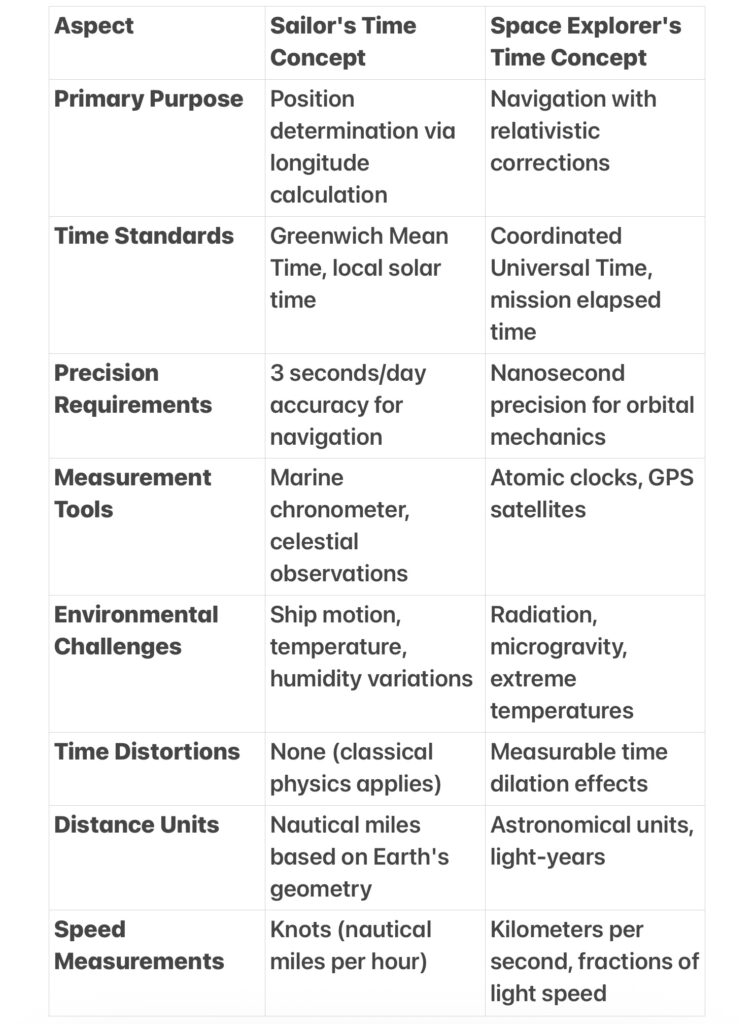
AspectSailor’s Time ConceptSpace Explorer’s Time ConceptPrimary PurposePosition determination via longitude calculationtimeandnavigation.siNavigation with relativistic correctionscentauri-dreamsTime StandardsGreenwich Mean Time, local solar timesvsallyCoordinated Universal Time, mission elapsed timenaturePrecision Requirements3 seconds/day accuracy for navigationmuseum.seikoNanosecond precision for orbital mechanicsdestinationspaceMeasurement ToolsMarine chronometer, celestial observationswikipediaAtomic clocks, GPS satellitesdestinationspaceEnvironmental ChallengesShip motion, temperature, humidity variationsgnomonwatchesRadiation, microgravity, extreme temperaturesnumberanalyticsTime DistortionsNone (classical physics applies)Measurable time dilation effectspmc.ncbi.nlm.nihDistance UnitsNautical miles based on Earth’s geometryastrolabesailingAstronomical units, light-yearsphys.libretextsSpeed MeasurementsKnots (nautical miles per hour)youtubeKilometers per second, fractions of light speednumberanalytics
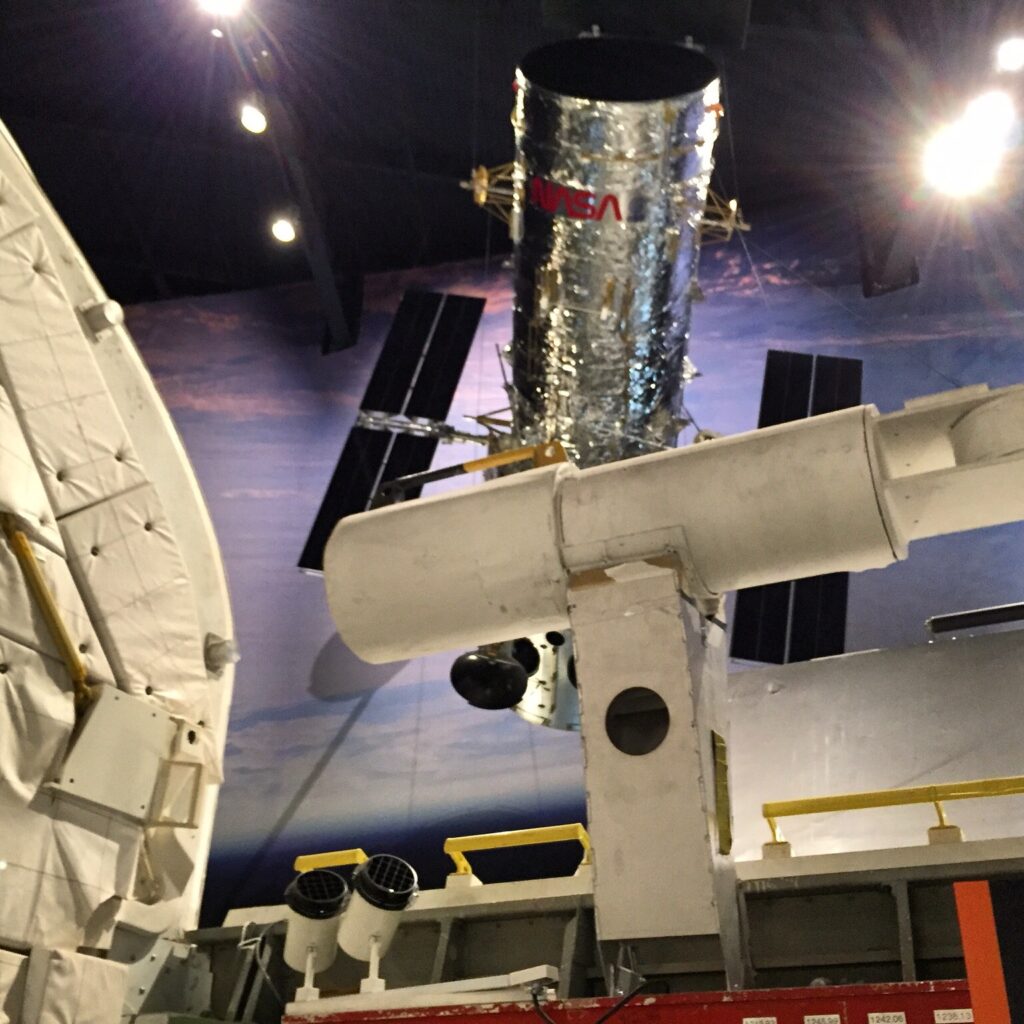
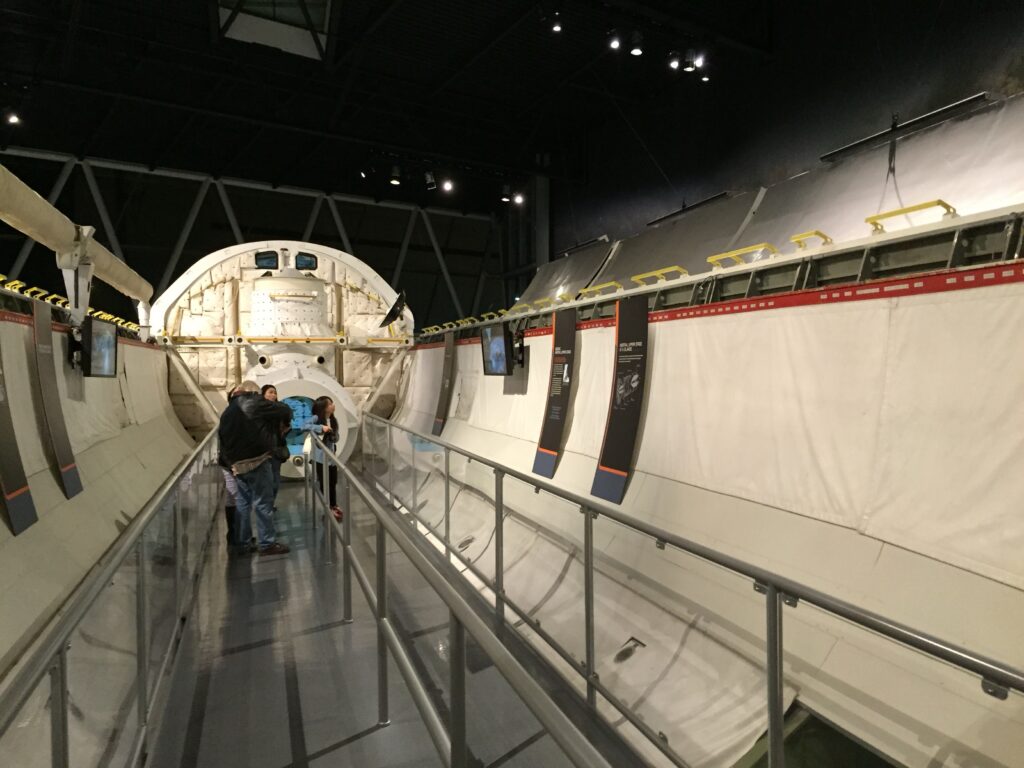
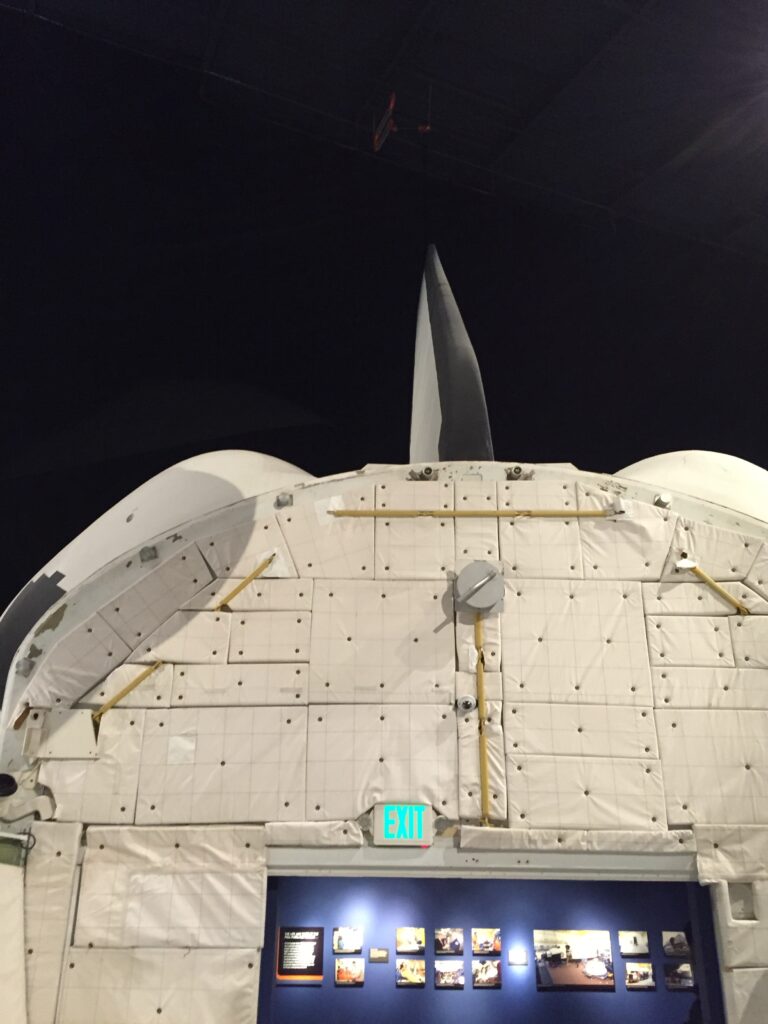

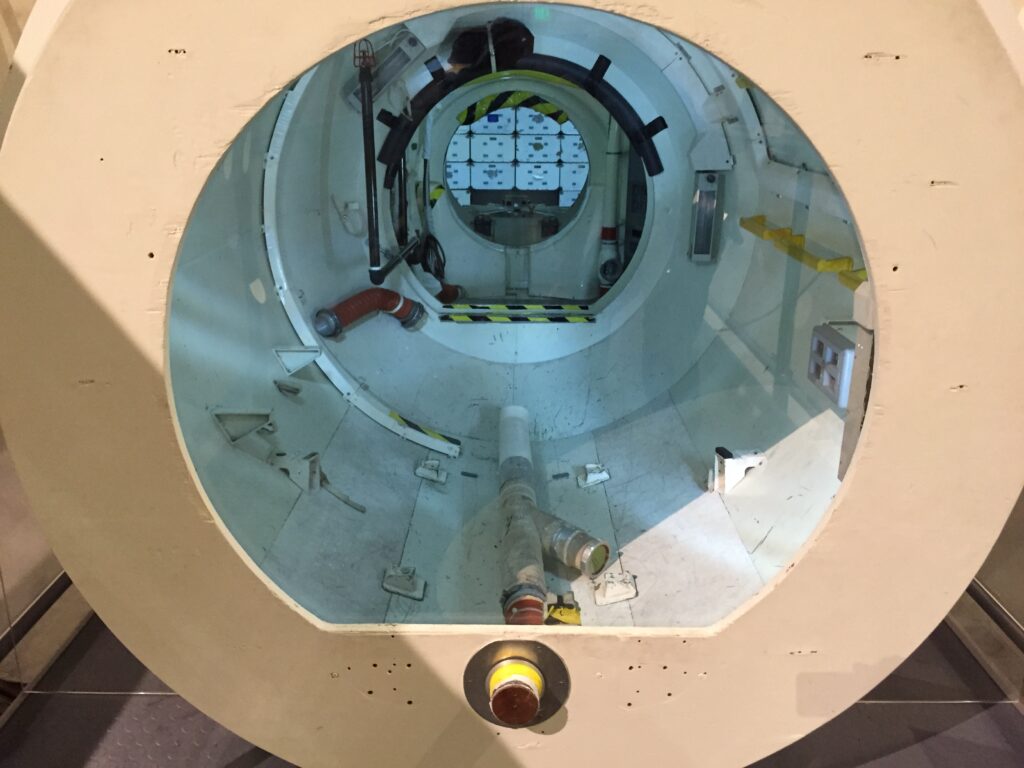

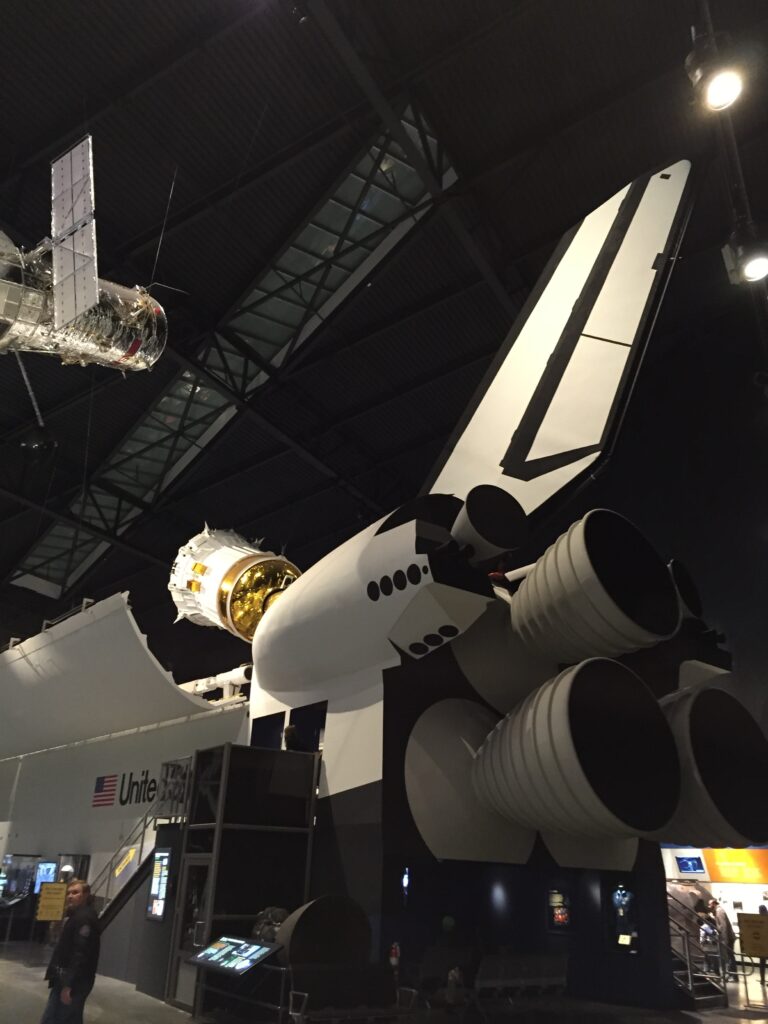
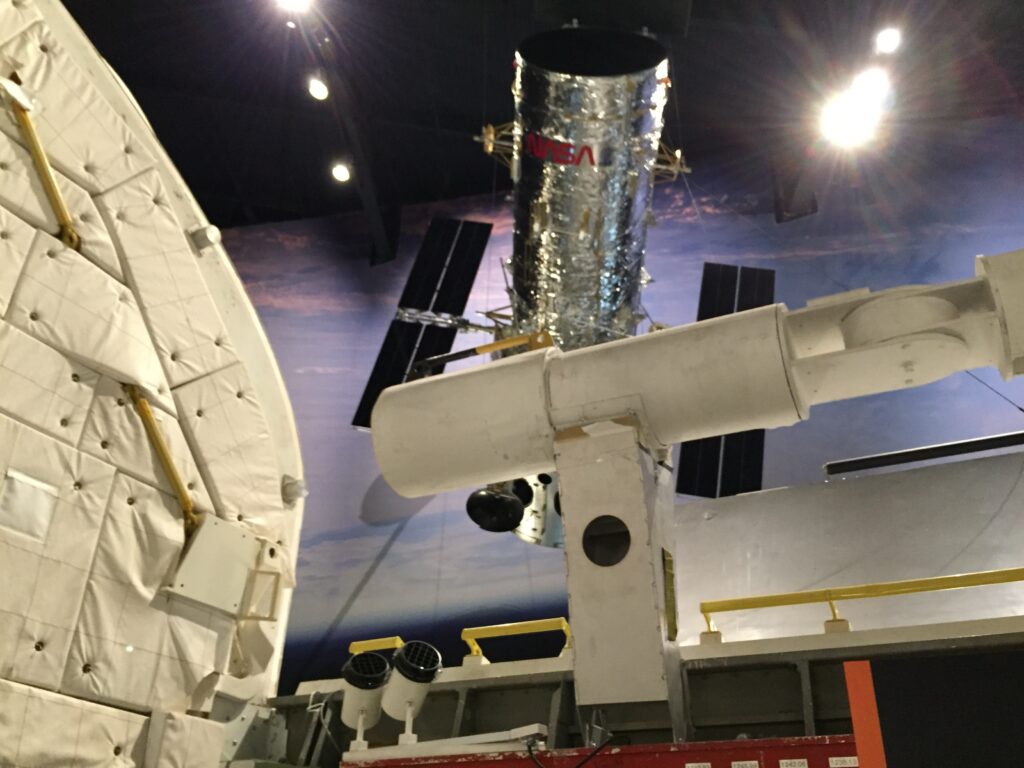
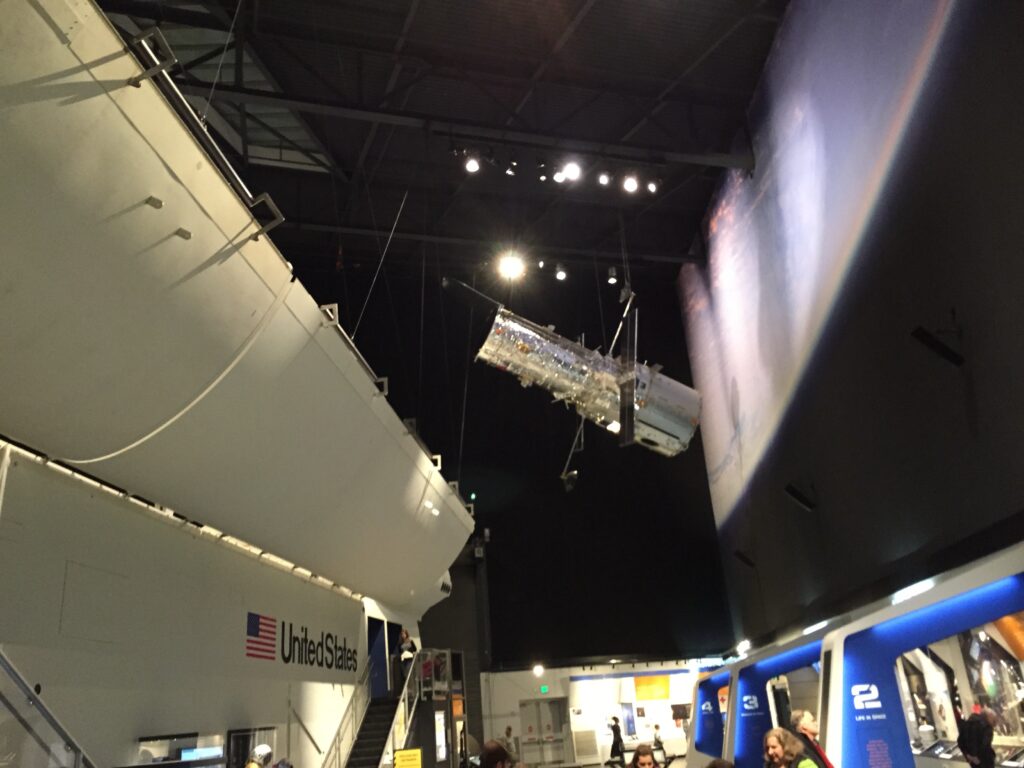
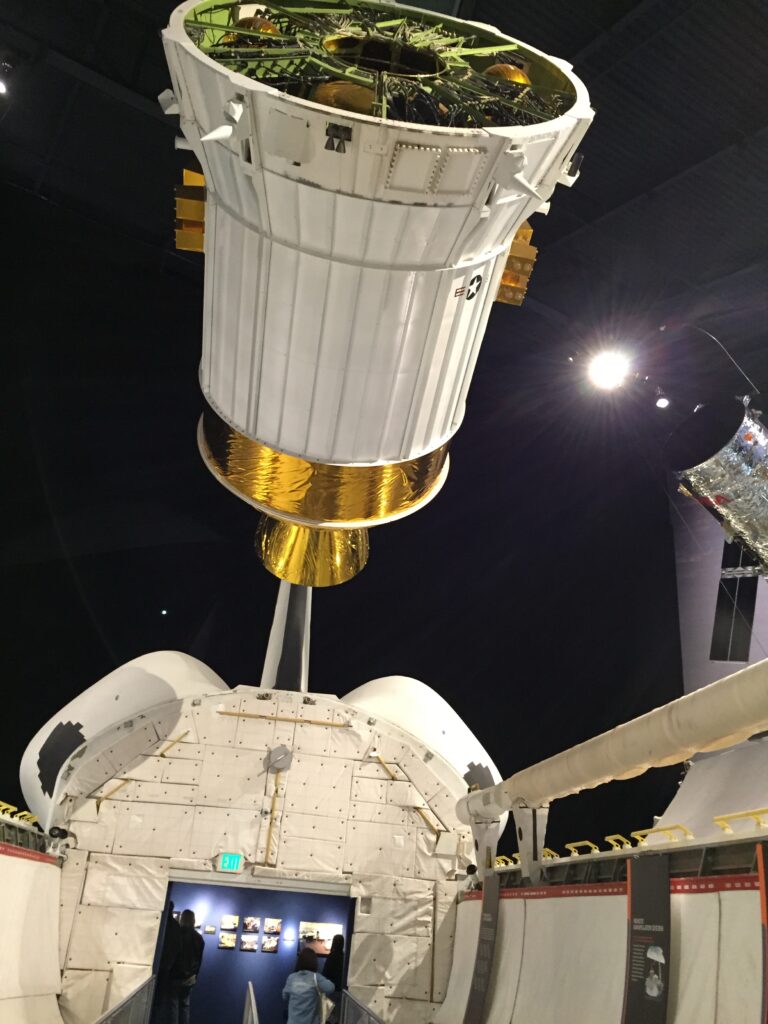
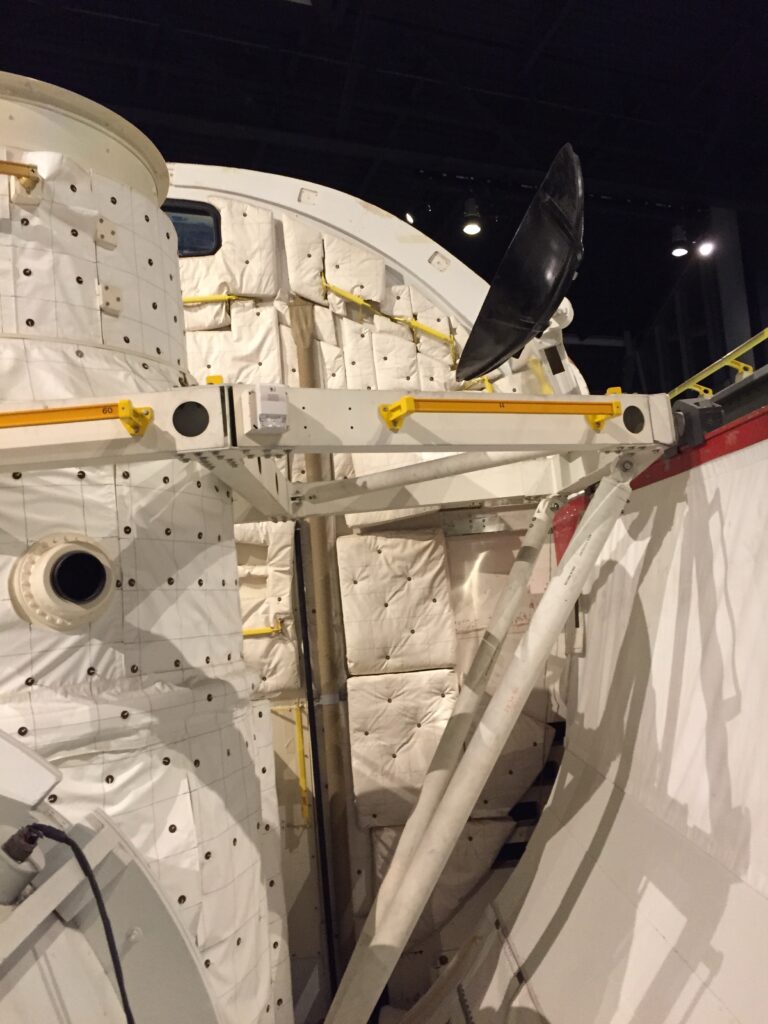
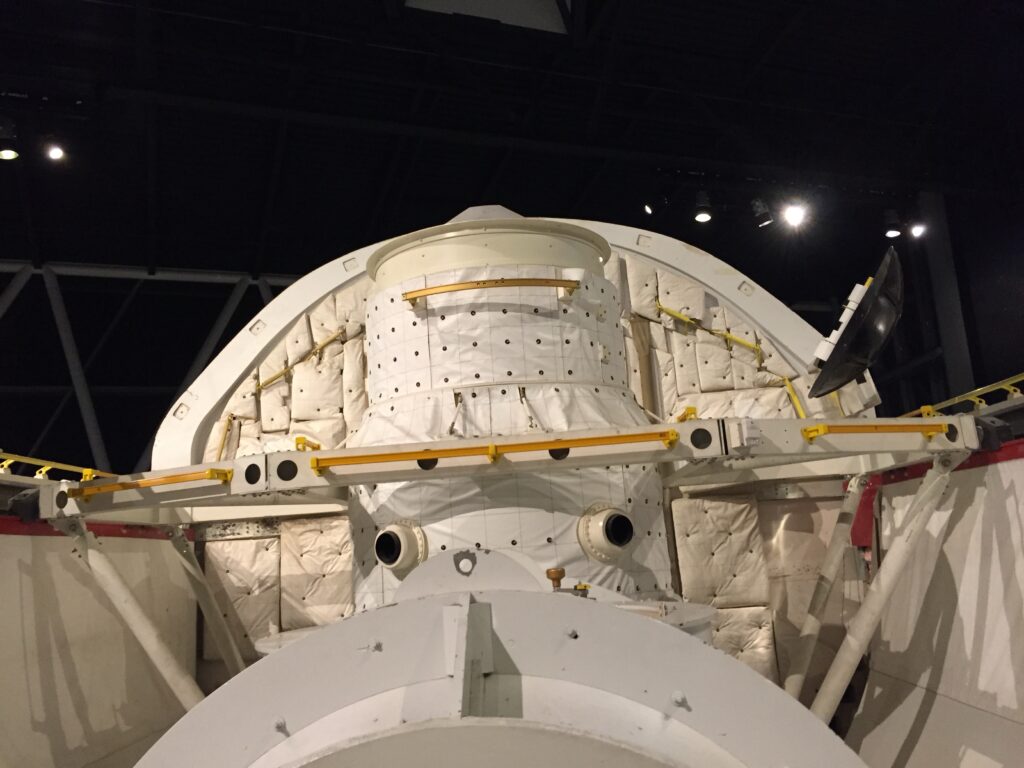
The Philosophical Implications
The transition from sailor to space explorer represents a fundamental shift in humanity’s relationship with time and space. Sailors operated within Newton’s absolute framework, where time flowed uniformly and space was fixed. Their sophisticated navigation techniques assumed time was universal and constant.iop
Space explorers inhabit Einstein’s relativistic universe, where time and space are dynamic, interconnected, and dependent on motion and gravity. This requires entirely new conceptual frameworks for understanding position, motion, and the passage of time itself.discovermagazine+1
The mathematical relationship d = vt remains valid in both contexts, but its interpretation has evolved dramatically. For sailors, this represented a straightforward calculation assuming constant time flow. For space explorers, the same equation must account for time dilation, length contraction, and the curvature of spacetime itself.quantamagazine+1
Technological Evolution: From Harrison to Atomic Clocks
The evolution from marine chronometers to atomic clocks represents one of the most dramatic improvements in measurement precision in human history. Harrison’s chronometer achieved accuracy of seconds per month, while modern atomic clocks maintain accuracy to within one second over millions of years.nawcc+2
This improvement was necessitated by the demands of space exploration and satellite navigation, where relativistic effects require unprecedented timing precision. GPS satellites must synchronize their atomic clocks to account for both special and general relativistic effects, making Einstein’s theories not just academic curiosities but practical necessities for modern navigation.centauri-dreams+1
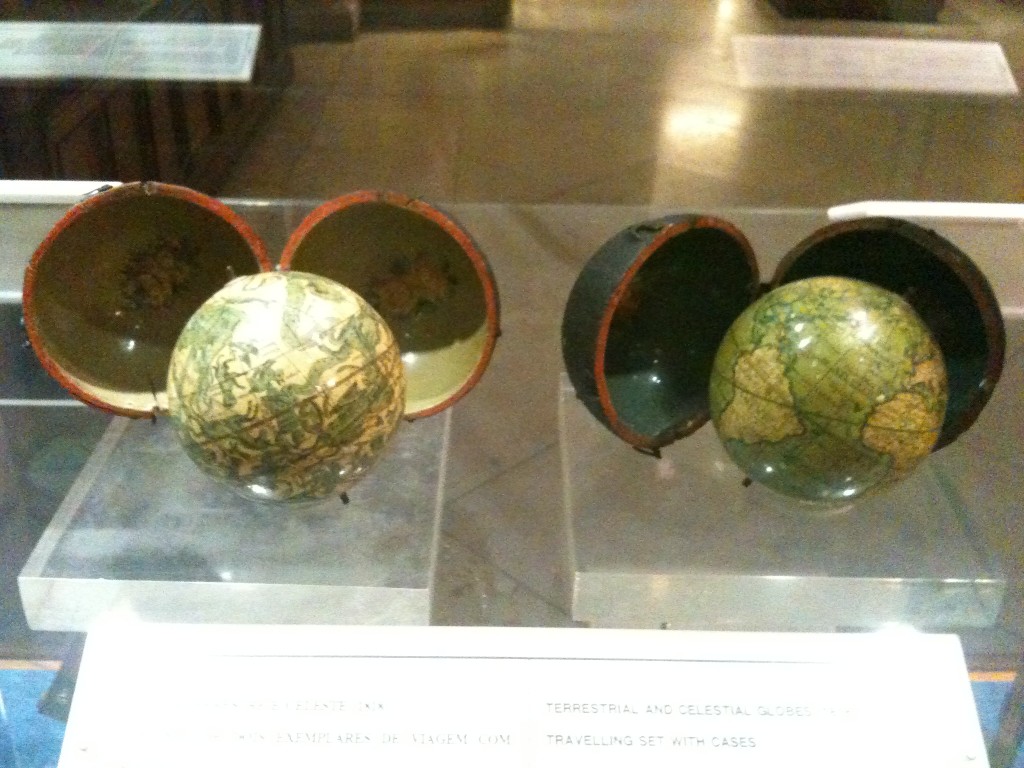
The journey from sailors using celestial navigation to space explorers navigating by satellite constellation represents humanity’s growing mastery over the fundamental relationship between time, distance, and motion – a relationship that proves to be far more subtle and interconnected than our everyday experience suggests.
Time as the Foundation of Death Meaning
Cultural concepts of time serve as the fundamental organizing principle for understanding death and determining appropriate treatment of deceased bodies. Whether cultures view time as linear progression or cyclical renewal directly shapes every aspect of death practices—from the urgency of body disposition to the complexity of memorial rituals, from preservation techniques to beliefs about ongoing connection with the deceased.


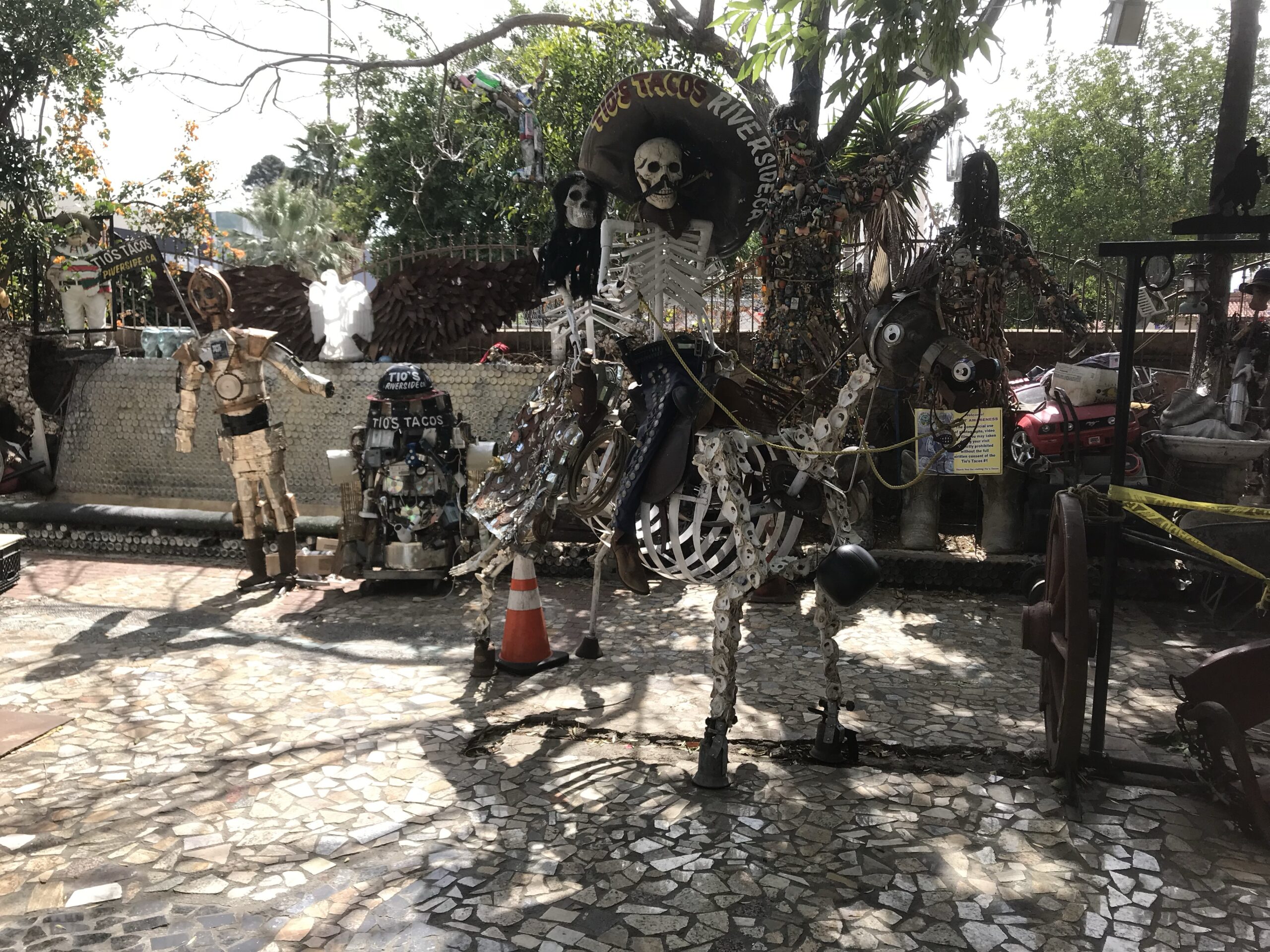





These temporal frameworks operate so fundamentally that they often remain unconscious, yet they determine whether death represents final termination requiring urgent closure or cyclical transition enabling ongoing relationship. Understanding these temporal foundations provides essential insight into why death practices vary so dramatically across cultures and why attempts to impose one culture’s death practices on another often fail—they reflect incompatible fundamental assumptions about time’s very nature.
Religious and Spiritual Time Frameworks
Eternal Return vs. Final Judgment
The concept of eternal return—where cosmic history repeats in endless cycles—fundamentally shapes death practices in many Eastern traditions. Hindu and Buddhist cultures operating within this framework develop death rituals focused on facilitating smooth transition into recurring cycles rather than preparing for final judgment.

Conversely, Abrahamic traditions with linear time consciousness and beliefs in final judgment create death rituals focused on preparing souls for definitive eternal destinations. The urgency around proper burial reflects linear progression toward unchangeable eternal outcomes.
Sacred Time and Ordinary Time
Anthropologist Mircea Eliade’s research reveals how traditional cultures distinguish between sacred cyclical time and profane linear time. Death rituals often serve to transport communities from ordinary linear time into sacred cyclical time where ongoing connection with ancestors becomes possible.
Australian Aboriginal “Sorry Business” exemplifies this temporal shift—communities suspend normal linear activities for extended periods (weeks or months) to enter cyclical time where proper connection with deceased ancestors can be established.
Contemporary Transformations and Cultural Synthesis
Hybrid Temporal Approaches
Modern multicultural societies increasingly blend linear and cyclical approaches to death. Mexican Day of the Dead celebrations combine Catholic linear theology with indigenous cyclical beliefs about ongoing ancestral presence. This synthesis creates unique temporal frameworks where death involves both linear progression to eternal judgment and cyclical return for annual connection.








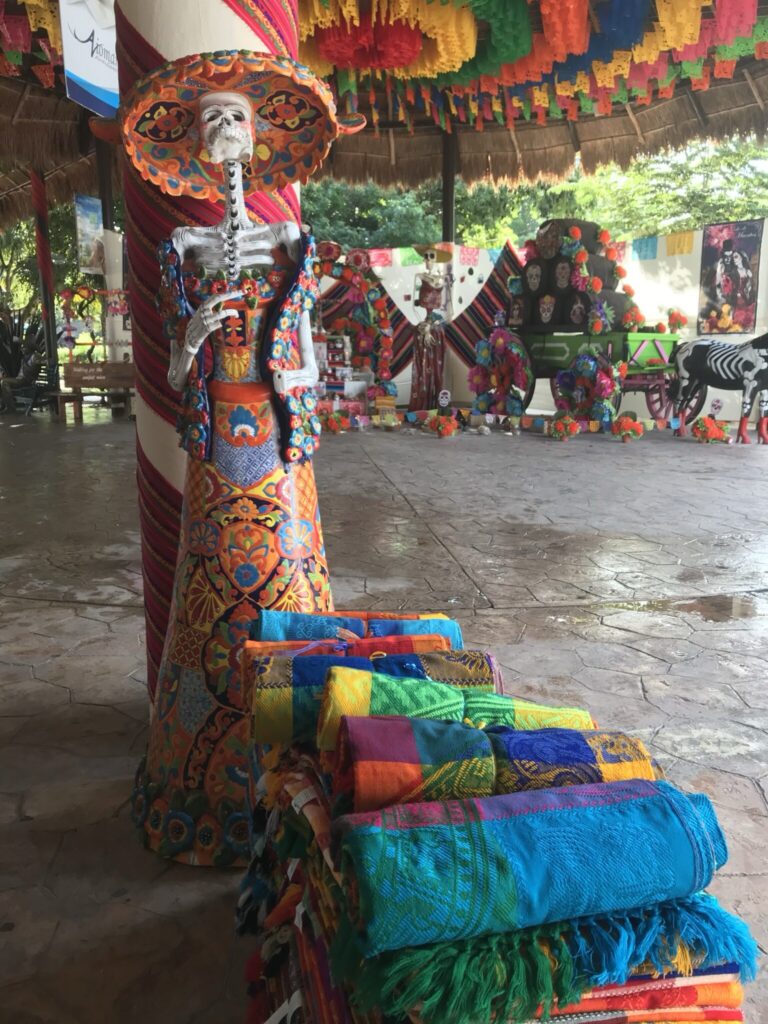




The Day of the Dead, or Dia de Muertos, is a deeply rooted Mexican tradition that has its origins in pre-Hispanic rituals honoring the deceased. This annual celebration, held on November 1st and 2nd, is a time to connect with loved ones who have passed away and to express gratitude for their presence in our lives.
Families create Ofrendas, elaborate altars adorned with flowers, candles, and personal items, to welcome the spirits of the departed.
Marigolds, known for their vibrant color and distinctive aroma, are believed to guide the souls back to Earth. Food and drink are also offered as a gesture of hospitality, reflecting the deceased’s favorite tastes.
The Day of the Dead is a time for reflection, remembrance, and celebration. It is a testament to the enduring bond between the living and the dead, and a reminder of the importance of honoring our ancestors.The Day of the Dead (Đía de Muertos) poster at Seattle Flight Museum
As global cultures increasingly interact, the challenge becomes not simply accommodating different death practices but recognizing and respecting the profound temporal worldviews these practices embody. The disposition of deceased bodies thus serves as a window into humanity’s deepest philosophical divisions about time, continuity, and the ultimate nature of existence itself.
Recording History: The Unique Human Capacity and the Sacred Nature of Its Preservation
Historical Recording as Human Distinctiveness
The capacity to systematically record and preserve history represents one of humanity’s most distinctive characteristics, fundamentally distinguishing us from all other animals on Earth. While other species demonstrate remarkable cognitive abilities and even primitive forms of cultural transmission, no other animal maintains deliberate, symbolic records of past events for future reference.lithub+2
The Emergence of Historical Consciousness
Human historical consciousness emerged approximately 5,000 years ago with the development of civilization and writing systems. This represented a revolutionary leap beyond the mythic consciousness that characterized earlier human development, introducing the concept of linear time progression and the ability to document events for posterity.frasiermeadows
The development of writing systems occurred independently in four pristine locations: Mesopotamia (c. 3200 BCE), Egypt (c. 3000 BCE), China (c. 1200 BCE), and Mesoamerica (c. 600 BCE). Each culture recognized writing as possessing almost sacred significance – the Sumerians believed writing was a gift from the gods, while many cultures viewed scribes as holding divine authority.discovermagazine+1youtube
Unique Cognitive Requirements
Human historical recording requires several uniquely integrated cognitive capacities:pmc.ncbi.nlm.nih+1
- Abstract symbolic thinking: The ability to create symbols that represent ideas rather than just concrete objects
- Temporal consciousness: Understanding of past, present, and future as distinct but connected phases
- Intentional preservation: Deliberate efforts to maintain information across generations
- Meta-cognitive awareness: Recognition that knowledge itself has value worth preserving
Research indicates that human consciousness emerges from the interface between communication, play, and tool use. This unique combination allows humans to create “second reality” systems – symbolic frameworks that exist independently of immediate physical experience, enabling historical recording.pmc.ncbi.nlm.nih
Animal Information Transmission vs. Human Historical Recording
While many animals demonstrate sophisticated information transmission, their capabilities fall fundamentally short of human historical recording.wildwelfare+1
Animal Record-Keeping Limitations
Animal behavioral documentation by humans reveals that while animals maintain detailed behavioral patterns and can transmit survival information, they lack several crucial elements:numberanalytics+1
- Symbolic representation: Animals communicate about immediate needs and experiences but cannot create abstract symbols representing historical events
- Intentional preservation: Animal information transmission serves immediate survival needs rather than deliberate historical preservation
- Temporal abstraction: Animals respond to seasonal and cyclical patterns but lack human-like linear historical consciousness
- Cross-generational accumulation: While some animals transmit learned behaviors, they don’t deliberately accumulate and preserve expanding knowledge bases
Even the most sophisticated animal behaviors – such as elephant mourning rituals or whale song traditions – represent emotional responses and practical adaptations rather than deliberate historical documentation.bbc+1
The Divine Dimension: Historical Recording and Human Sacred Nature
From theological and philosophical perspectives, the capacity for historical recording connects directly to concepts of human beings as created in the divine image.wikipedia+1
The Image of God and Historical Consciousness
Traditional interpretations of the imago Dei (image of God) emphasize several characteristics that directly relate to historical recording capacity:cbmw+1
- Rational consciousness: The ability to reflect on past events and their significance
- Moral awareness: Understanding actions have consequences that extend beyond immediate experience
- Creative capacity: The ability to create symbolic systems and preserve meaning
- Relational nature: Recognition that knowledge and history connect individuals across time
Medieval theologian Thomas Aquinas identified the image of God particularly with humanity’s intellectual nature and capacity for understanding. This intellectual capacity manifests most distinctly in the ability to comprehend and record the flow of historical events.wikipedia
Historical Recording as Sacred Stewardship
Many religious traditions view the preservation of accurate historical records as a sacred responsibility. The Hebrew concept of zakhor (remembrance) emphasizes that historical memory serves divine purposes by maintaining truthful accounts of God’s actions in history.khanacademy+1
Augustine of Hippo recognized that human memory and record-keeping capabilities reflected divine attributes, allowing humans to participate in God’s eternal perspective on time and history. This theological understanding suggests that historical recording represents a uniquely human participation in divine consciousness.khanacademy
Time Travel and Historical Falsification: A Crime Against Humanity and God
If historical recording indeed defines human uniqueness and reflects divine image-bearing, then altering or falsifying historical records through time travel would constitute a profound violation of human nature itself.
Historical Negationism as Paradigmatic Crime
Current legal frameworks already recognize historical falsification as a serious crime. Historical negationism – “the falsification, trivialization, or distortion of the historical record” – is criminalized in multiple countries precisely because it undermines the foundations of human knowledge and dignity.wikipedia
The techniques of historical falsification include:wikipedia
- Presenting forged documents as genuine
- Inventing implausible reasons to distrust authentic documents
- Manipulating statistical series to support false narratives
- Deliberately mistranslating historical texts
These same techniques would be exponentially magnified through time travel interventions that alter the actual historical record rather than merely its documentation.
Time Travel as Ultimate Historical Falsification
Time travel that alters past events would represent the most extreme form of historical negationism possible. Unlike conventional falsification that distorts records of what happened, time travel would falsify reality itself, creating fundamental contradictions between what actually occurred and what people remember or can discover.vocal+1
The ethical framework for time travel developed by philosophers emphasizes that such interventions violate the integrity and continuity of history itself. As one analysis concludes: “time travel ethics requires that time travellers respect and preserve the integrity and continuity of history. They should not interfere with or change the past in any way that would create paradoxes or inconsistencies that would endanger reality”.vocal
Dehumanizing Implications
Altering historical records through time travel would be dehumanizing in several fundamental ways:
Violation of Human Cognitive Nature: Since historical consciousness represents a core aspect of human distinctiveness, tampering with history attacks the very foundations of human mental architecture.iskconcommunications+1
Destruction of Collective Memory: Human societies depend on shared historical understanding for cultural cohesion and identity formation. Time travel alterations would fragment social reality by creating incompatible versions of past events.wikipedia
Undermining Rational Discourse: Human civilization rests on the assumption that evidence-based reasoning can establish truth about past events. Time travel interventions would make historical truth fundamentally unknowable, destroying the epistemological foundations of human knowledge.sarajbernstein.github
Violation of Consent: Time travel that alters history removes people’s agency in determining their own historical narrative. No individual or group has the right to unilaterally rewrite the experiences of all humanity.reddit
Crime Against Divine Order
From theological perspectives, altering history through time travel would constitute a crime against God by:
Usurping Divine Prerogatives: Many religious traditions view God as the ultimate author of history. Human attempts to rewrite historical events would represent the ultimate hubris – claiming authority over the divine narrative.preachitteachit
Destroying Sacred Memory: Religious traditions emphasize that accurate historical memory serves sacred purposes in maintaining proper relationships between humanity and the divine. Falsifying history would corrupt these sacred functions.news.un
Violating Truth as Divine Attribute: Since truth-telling and historical accuracy reflect divine characteristics that humans are called to embody, historical falsification through time travel would represent a fundamental violation of human divine calling.wikipedia
The Sanctity of Historical Integrity
The UN War Crimes Commission’s archives demonstrate how seriously the international community takes historical record preservation. These archives contain evidence of war crimes specifically because “the failure to hold those accountable can break down the social fabrics of society and perpetrate mistrust”. Historical truth serves as the foundation for justice, reconciliation, and social cohesion.news.un
Modern consciousness studies reveal that humans possess a uniquely future-oriented capacity for moral reasoning that depends entirely on accurate historical understanding. This temporal consciousness – our ability to learn from the past to shape the future – represents perhaps the most distinctive aspect of human cognition.sciencedirect+2
When individuals or governments engage in historical falsification, they attack not just specific facts but the entire basis of human rational discourse. Time travel that alters actual historical events would amplify this attack to cosmic proportions, potentially rendering all human knowledge and memory suspect.wikipedia
Conclusion: The Sacred Trust of Historical Preservation
The capacity to record and preserve history does indeed represent a uniquely human characteristic that distinguishes us from all other animals. This capacity reflects our creation in the divine image through our ability to transcend immediate experience, create meaning through symbolic systems, and maintain sacred trust with future generations through truthful preservation of the past.
Any modification of historical records – whether through conventional falsification or hypothetical time travel intervention – constitutes an attack on the essence of human nature itself. Such alterations would be simultaneously dehumanizing and sacrilegious, violating both our distinctive cognitive architecture and our sacred responsibility as stewards of truth.
The preservation of historical integrity therefore represents not merely an academic concern but a fundamental moral imperative. As custodians of the human capacity for historical consciousness, we bear responsibility for protecting the truthfulness of the historical record as one of humanity’s most precious and distinctive gifts – a gift that reflects our unique position as image-bearers of the divine in a temporal universe.


